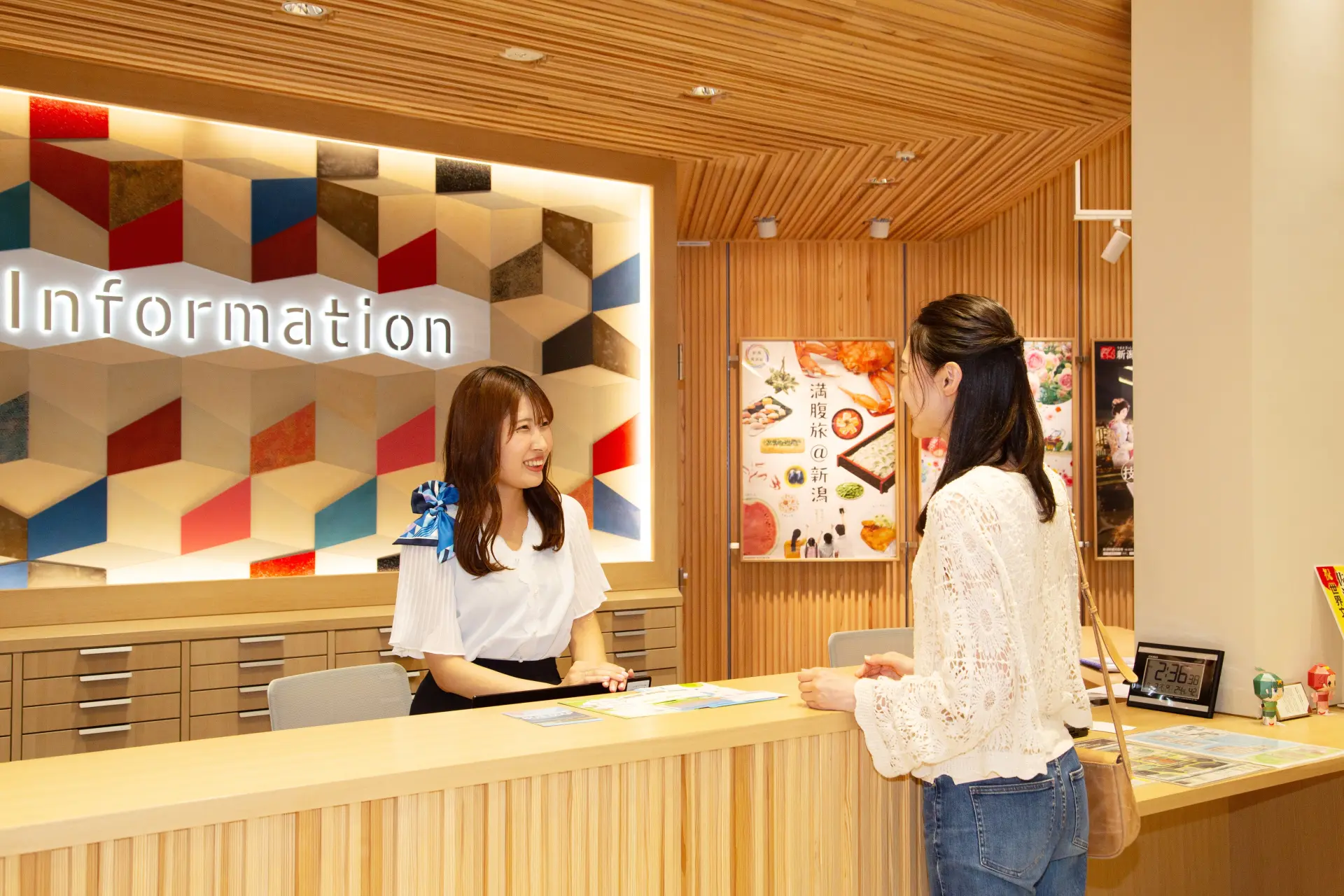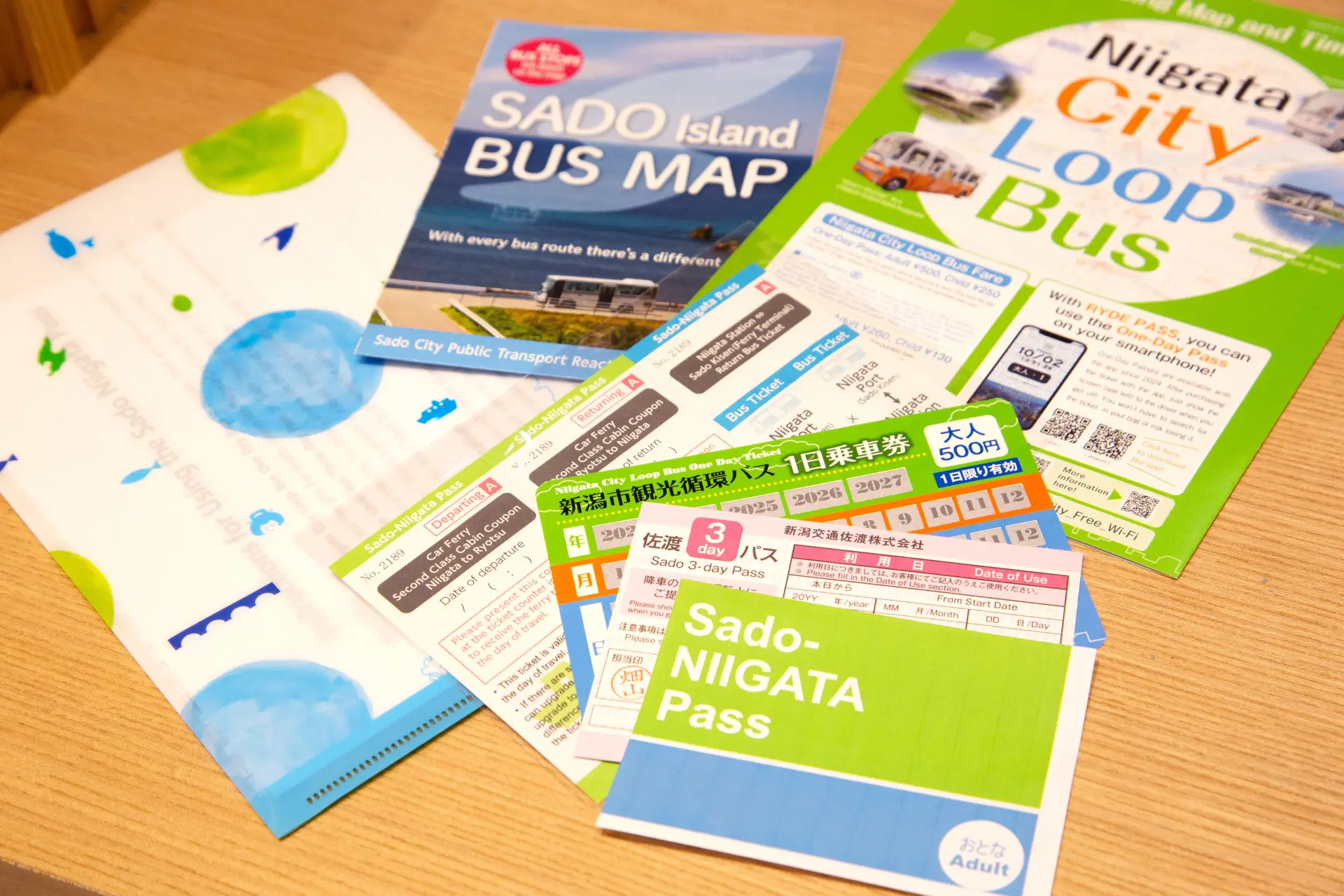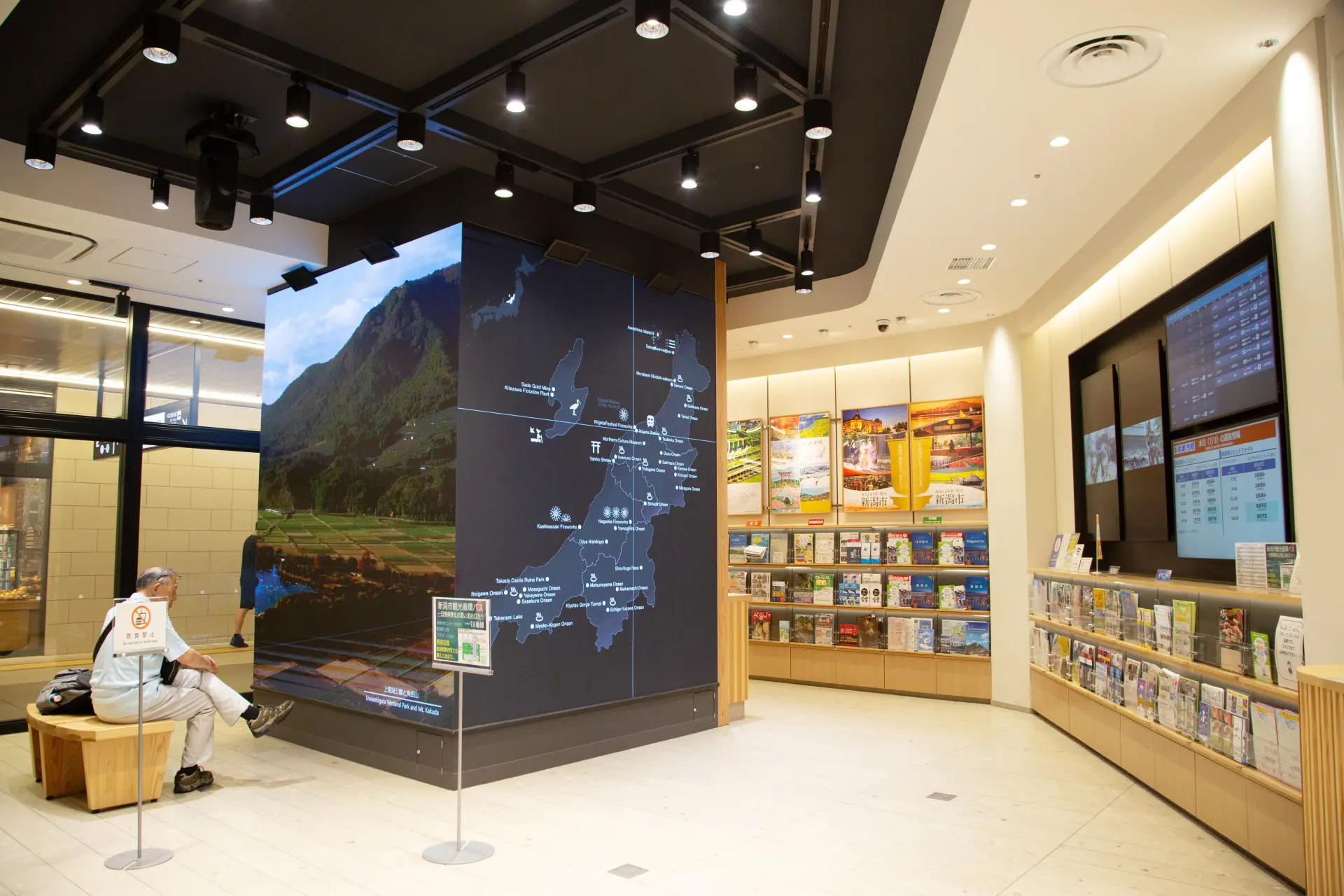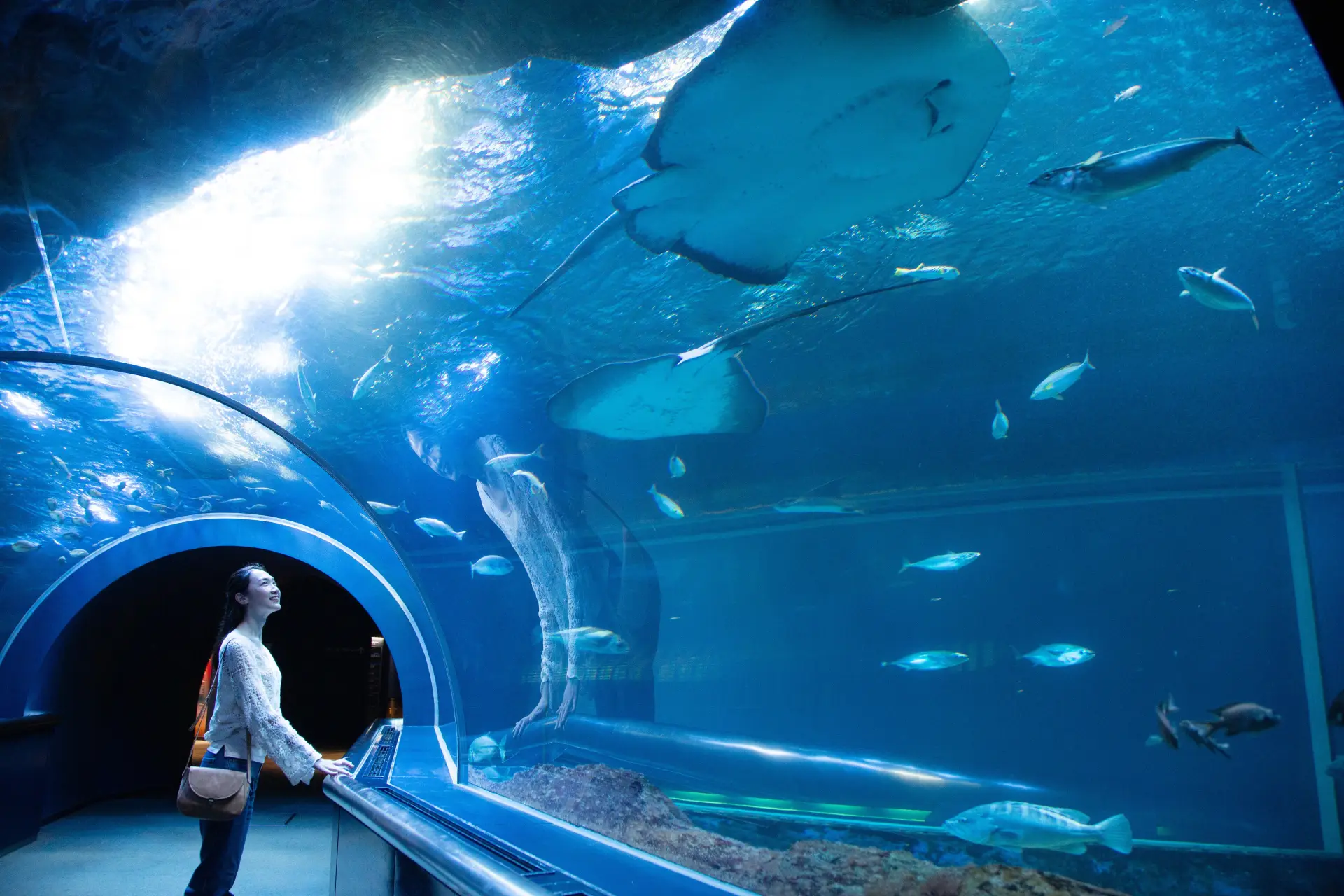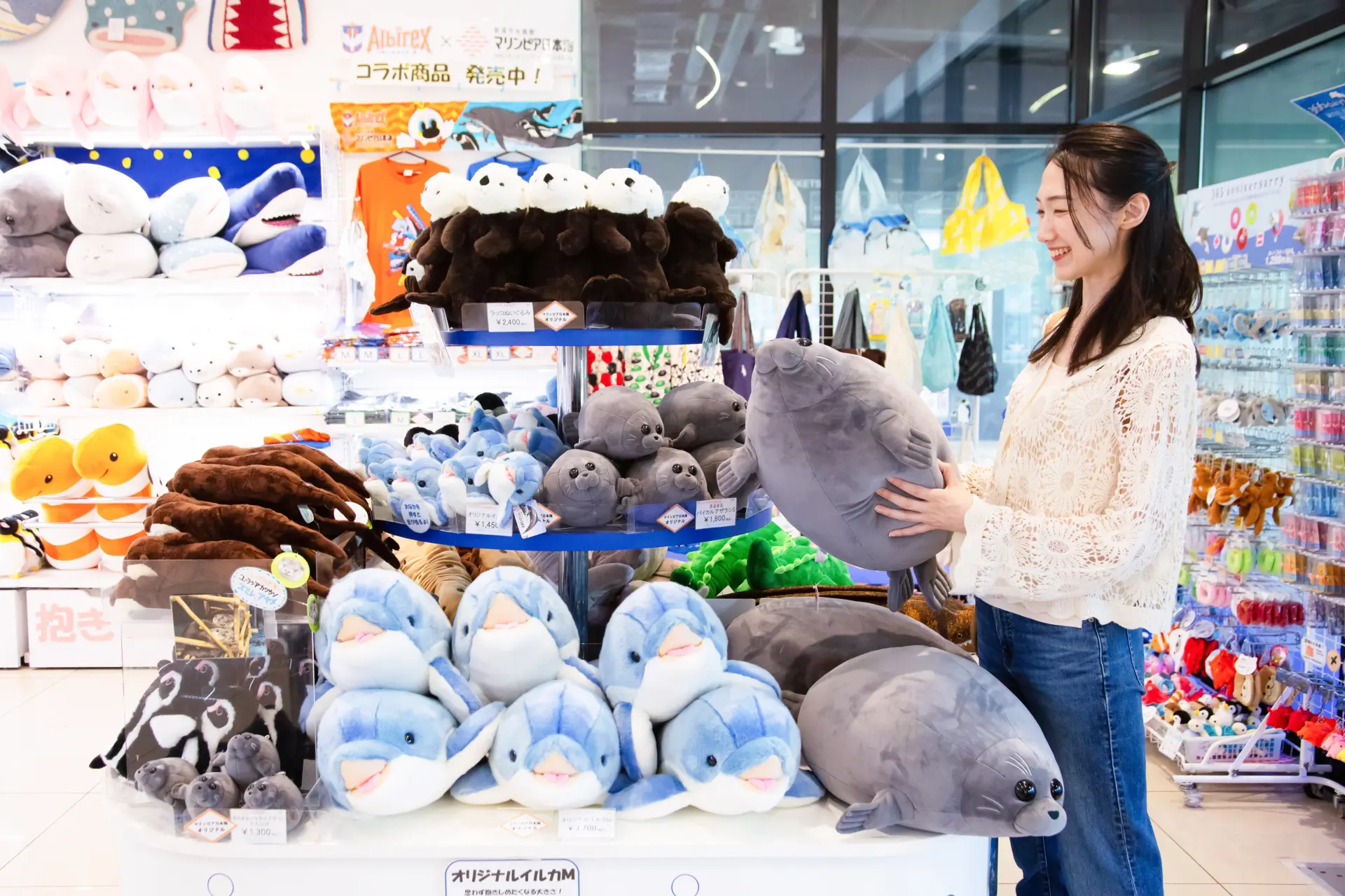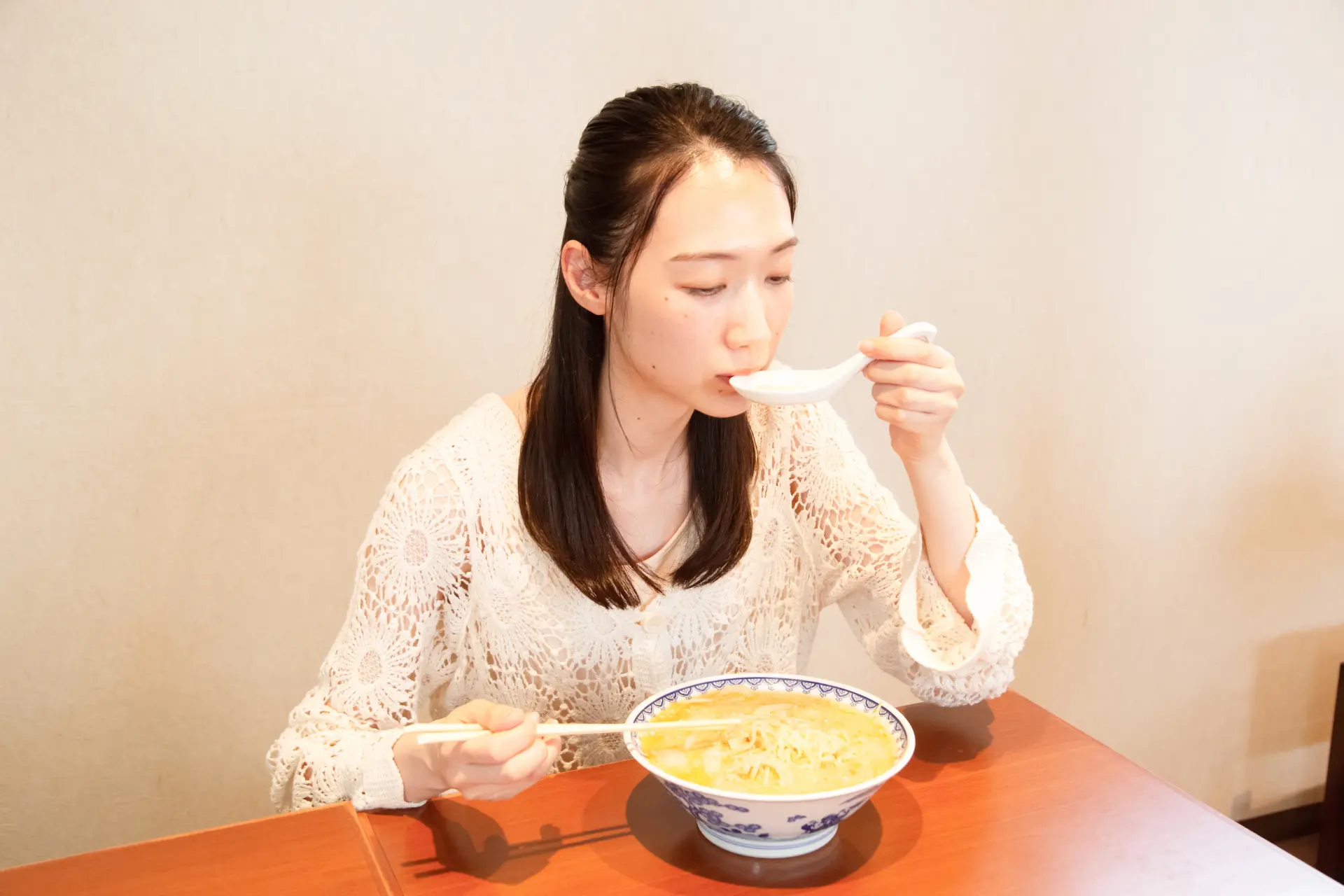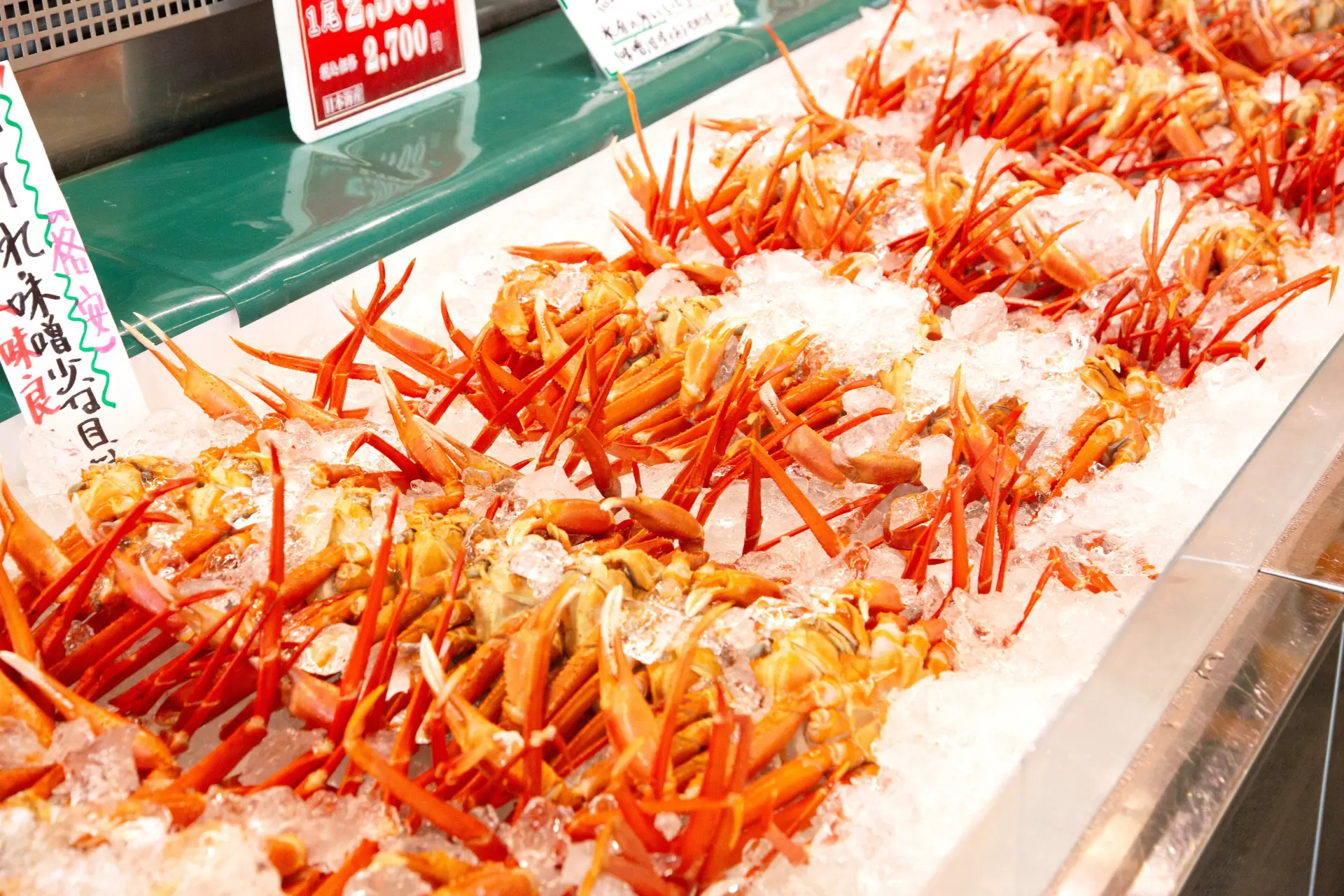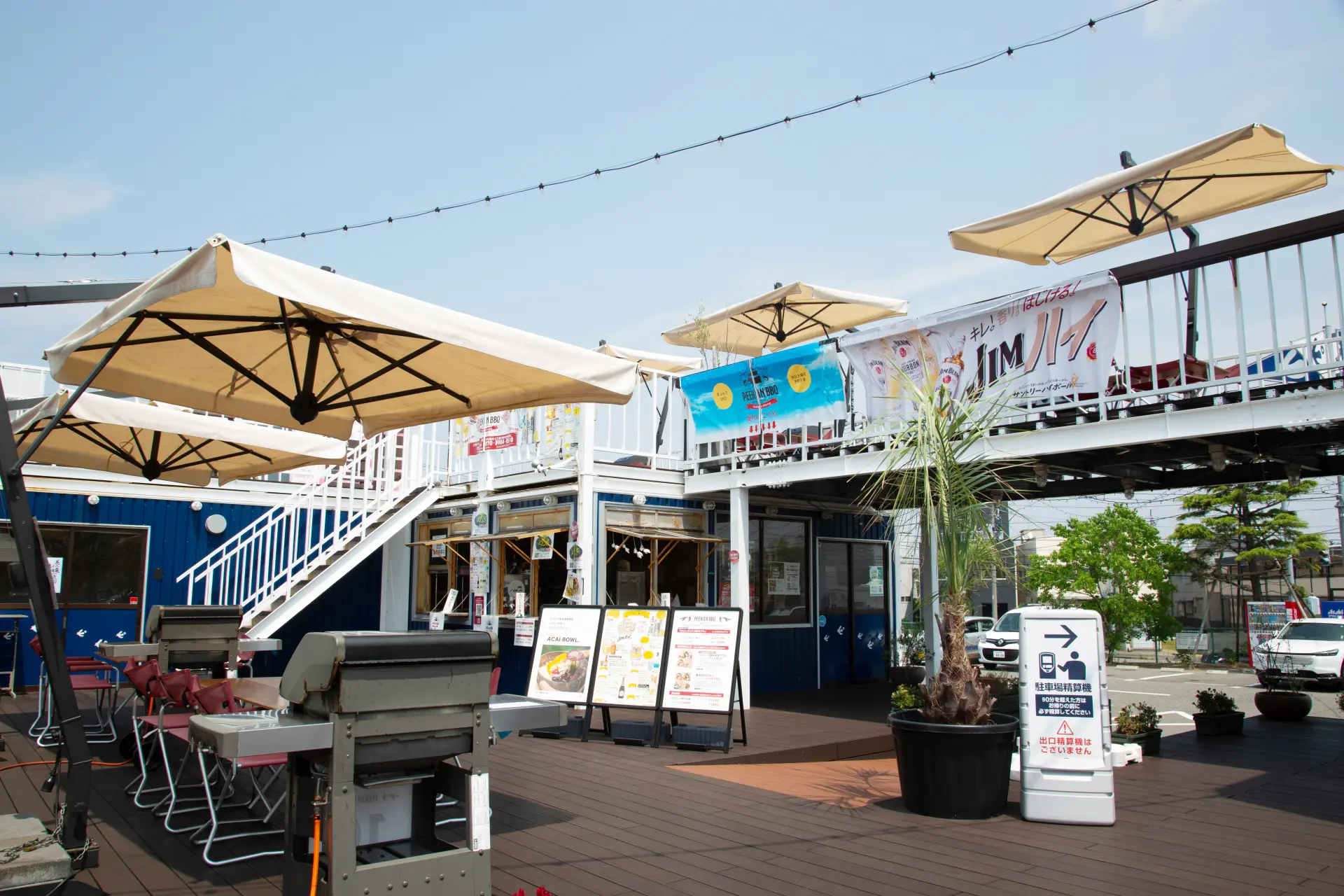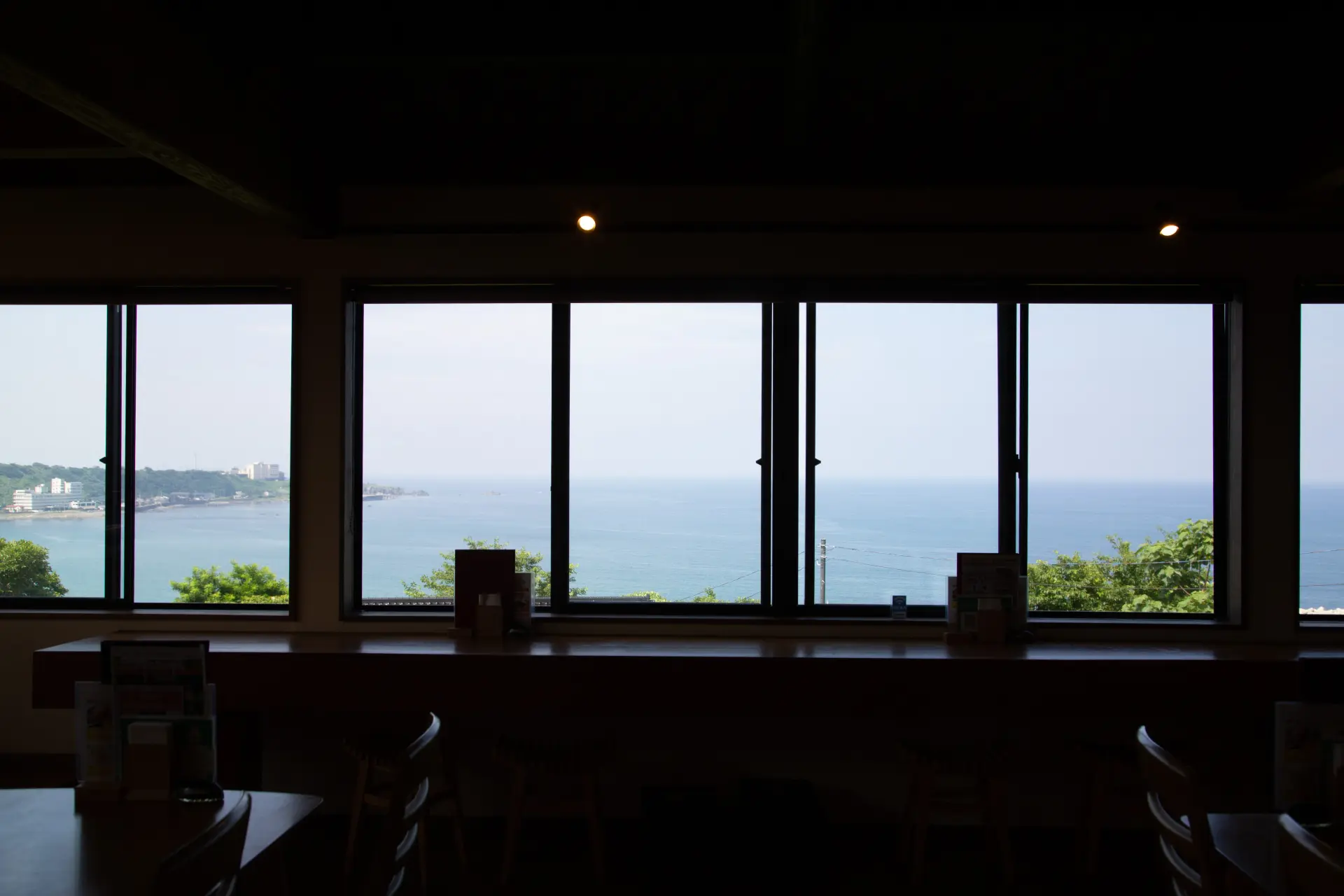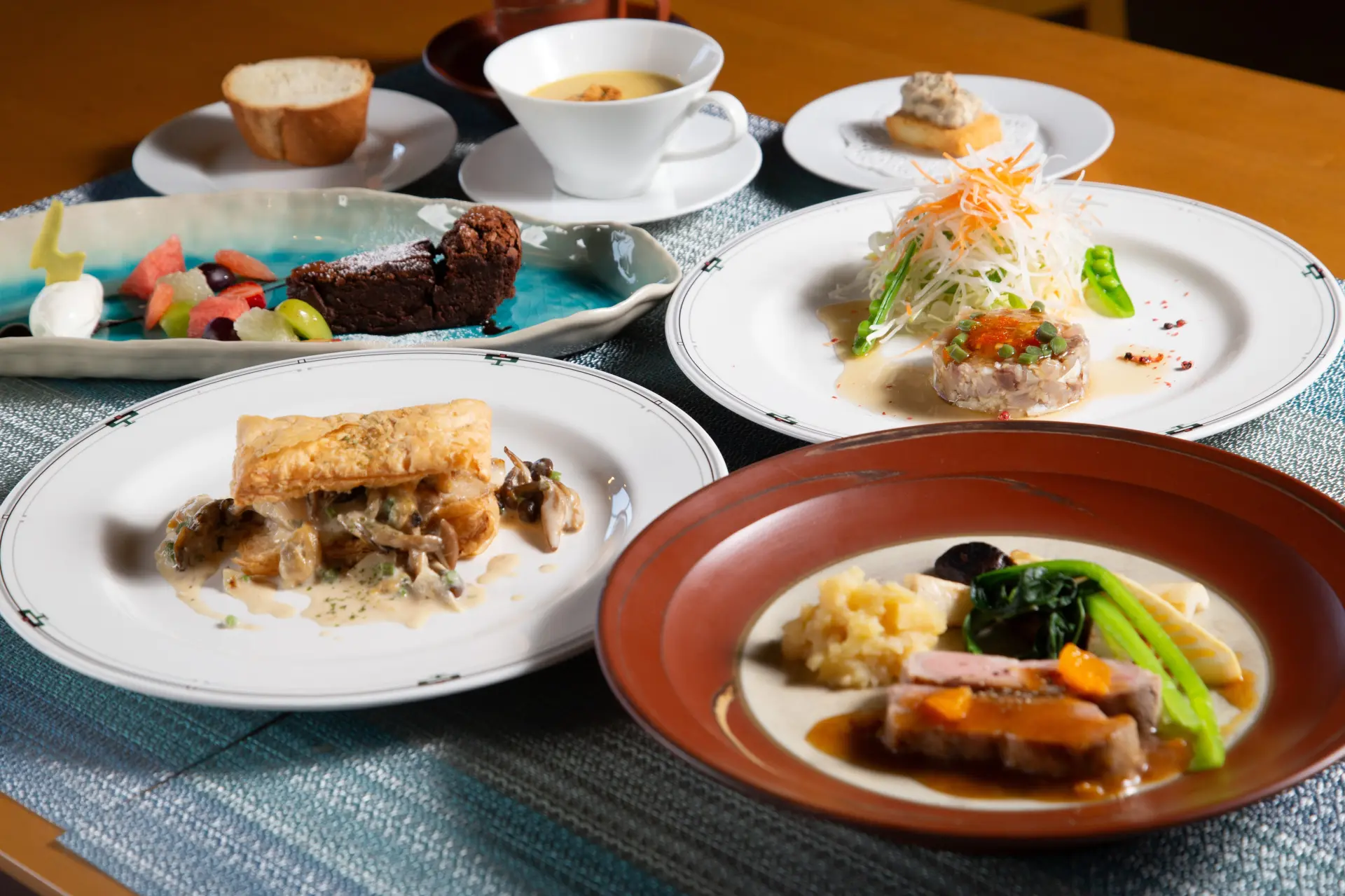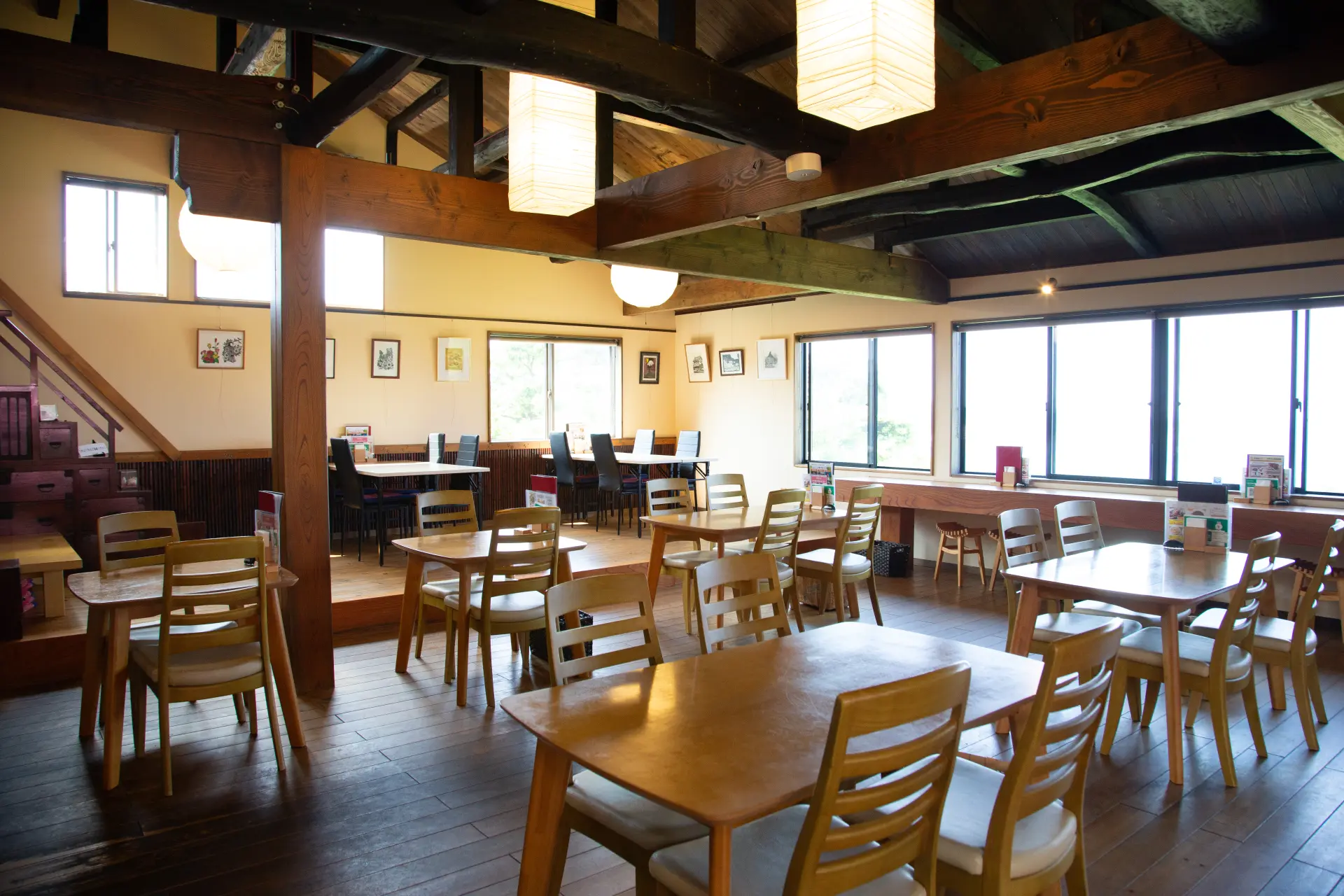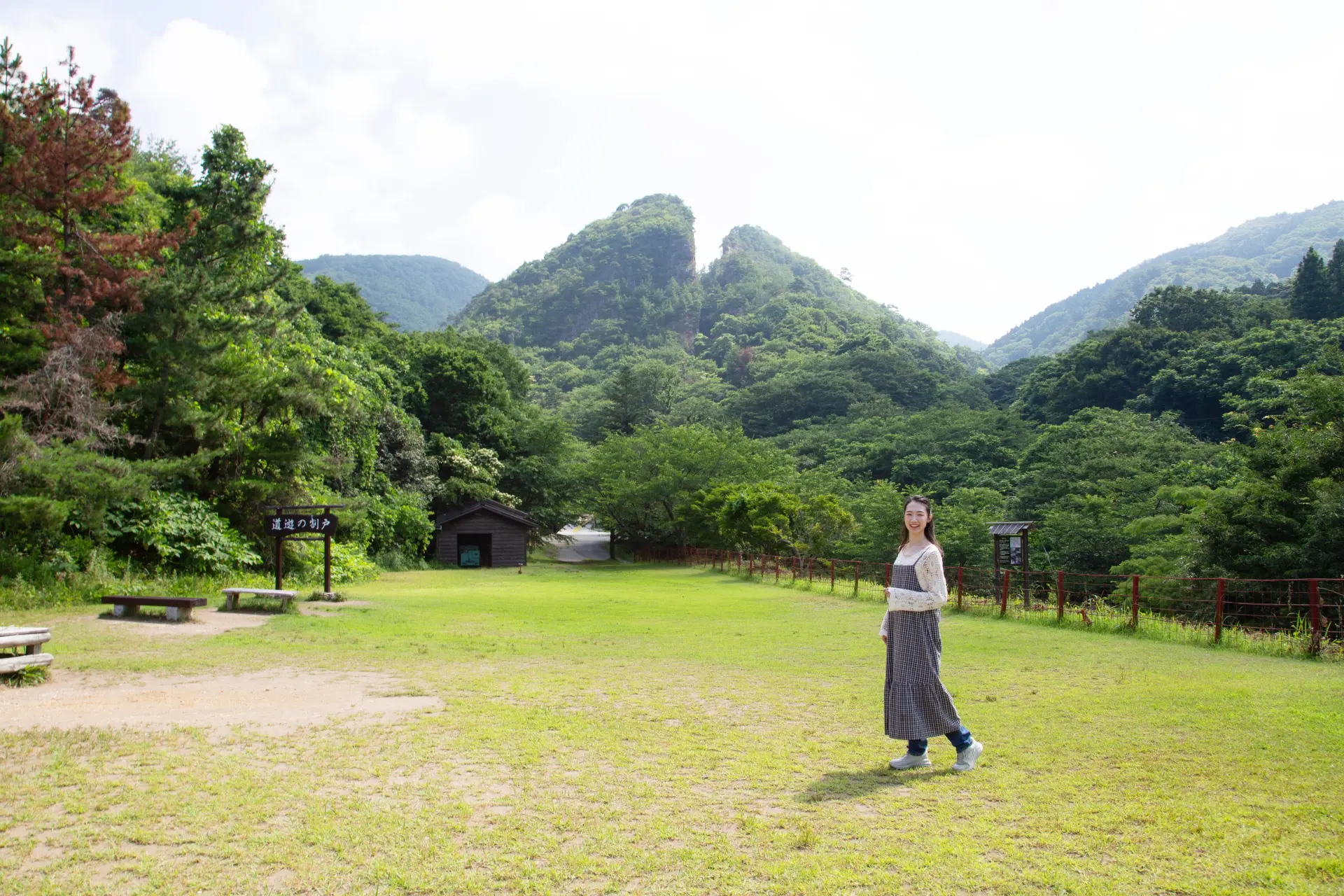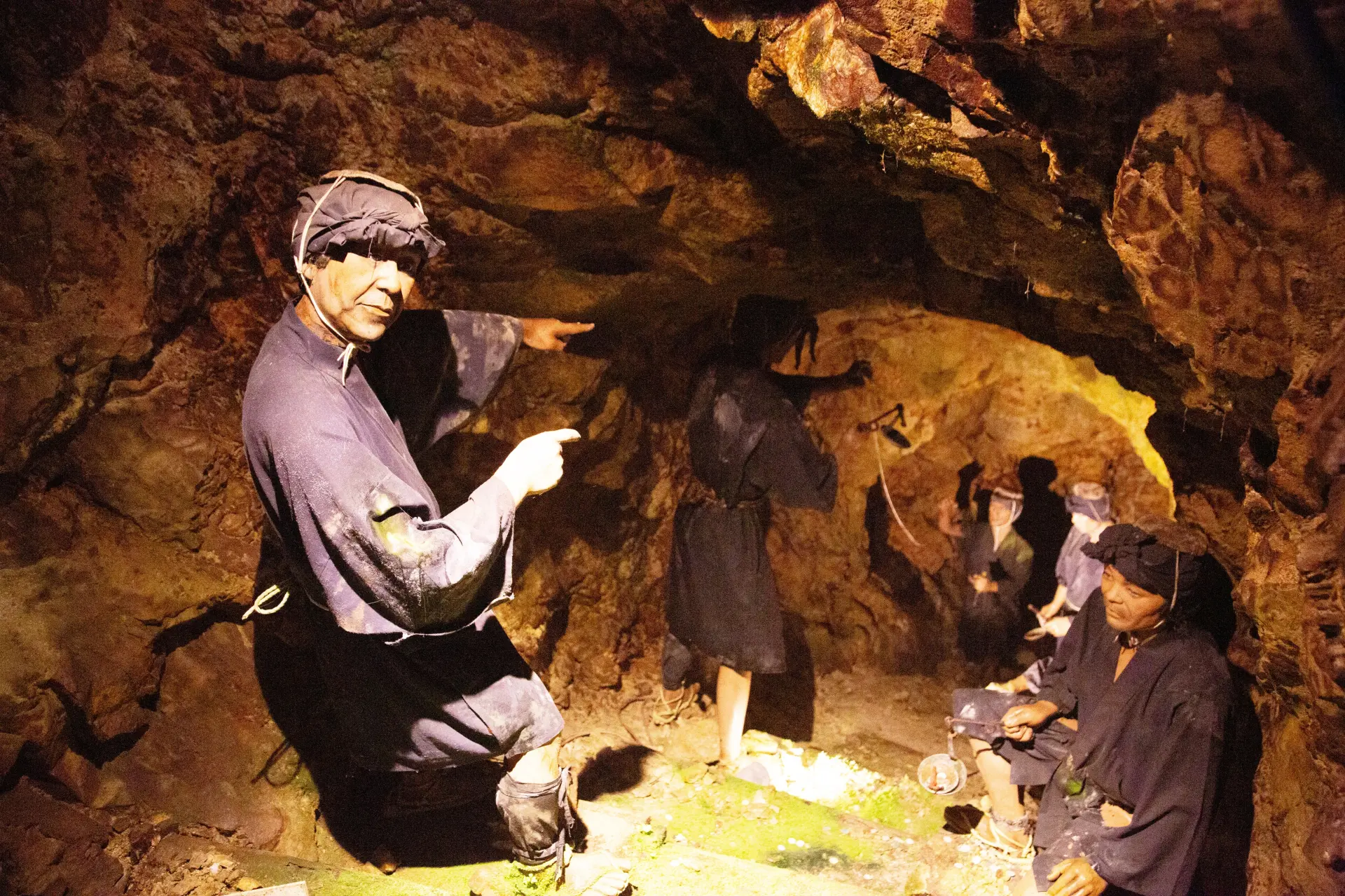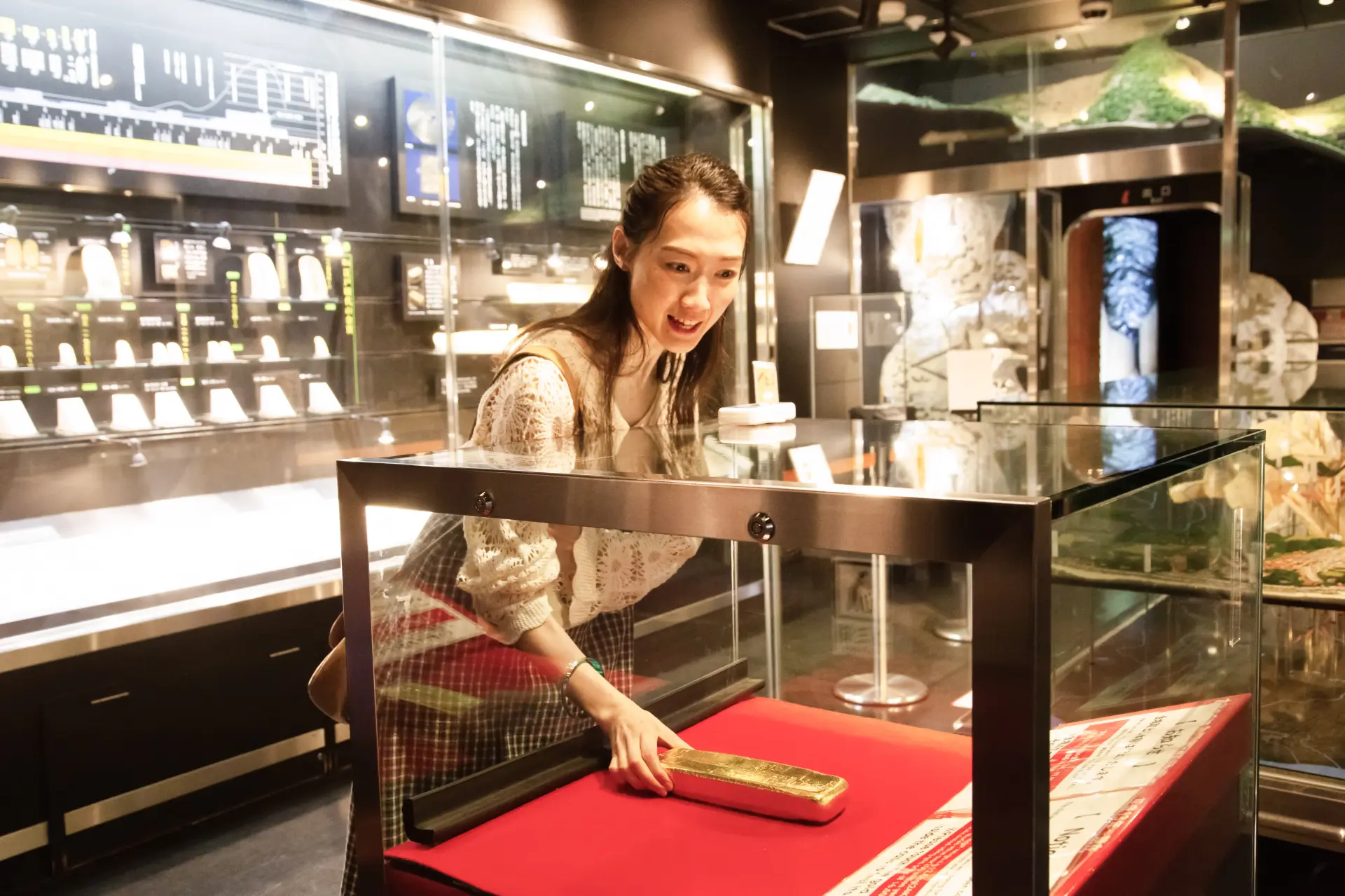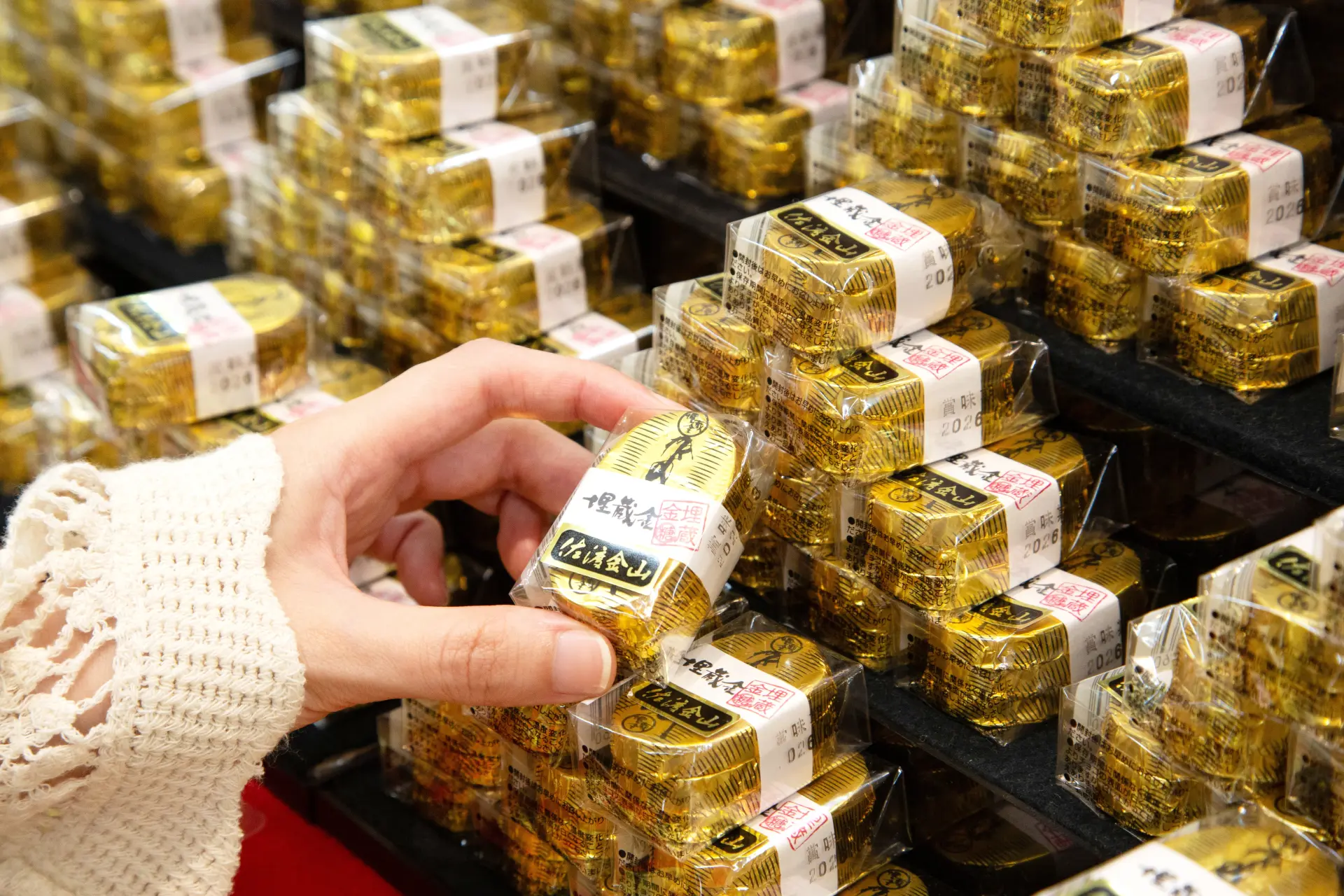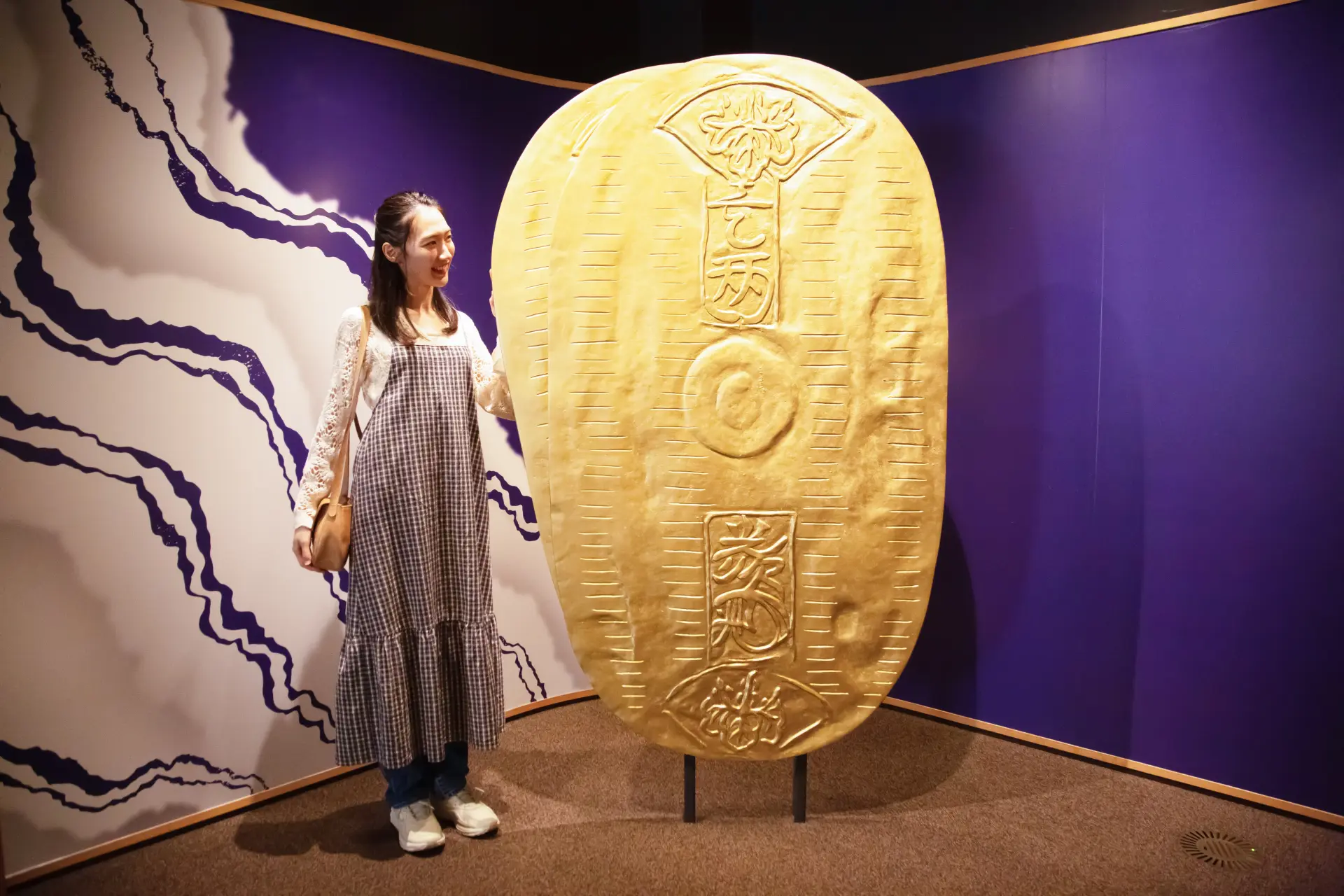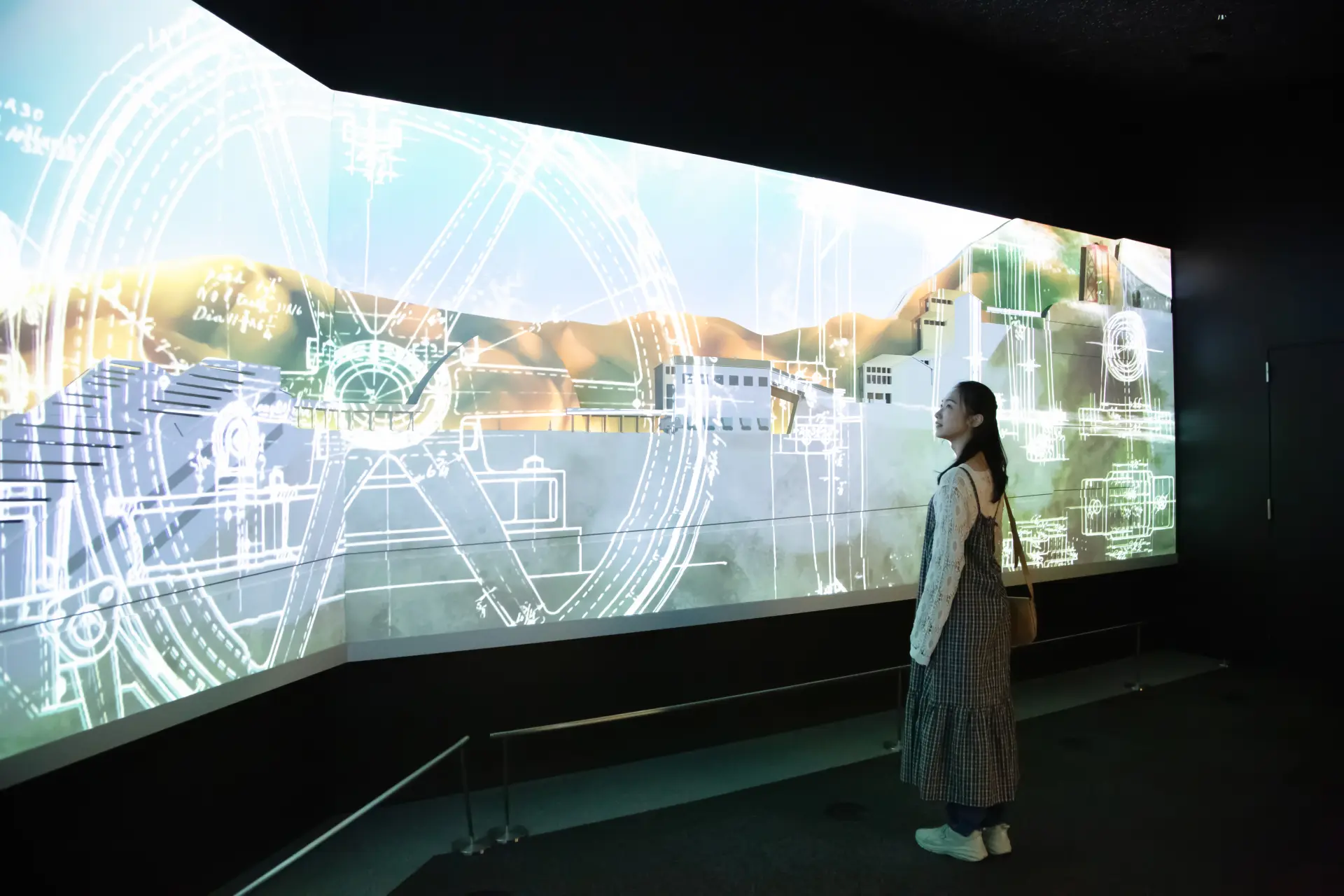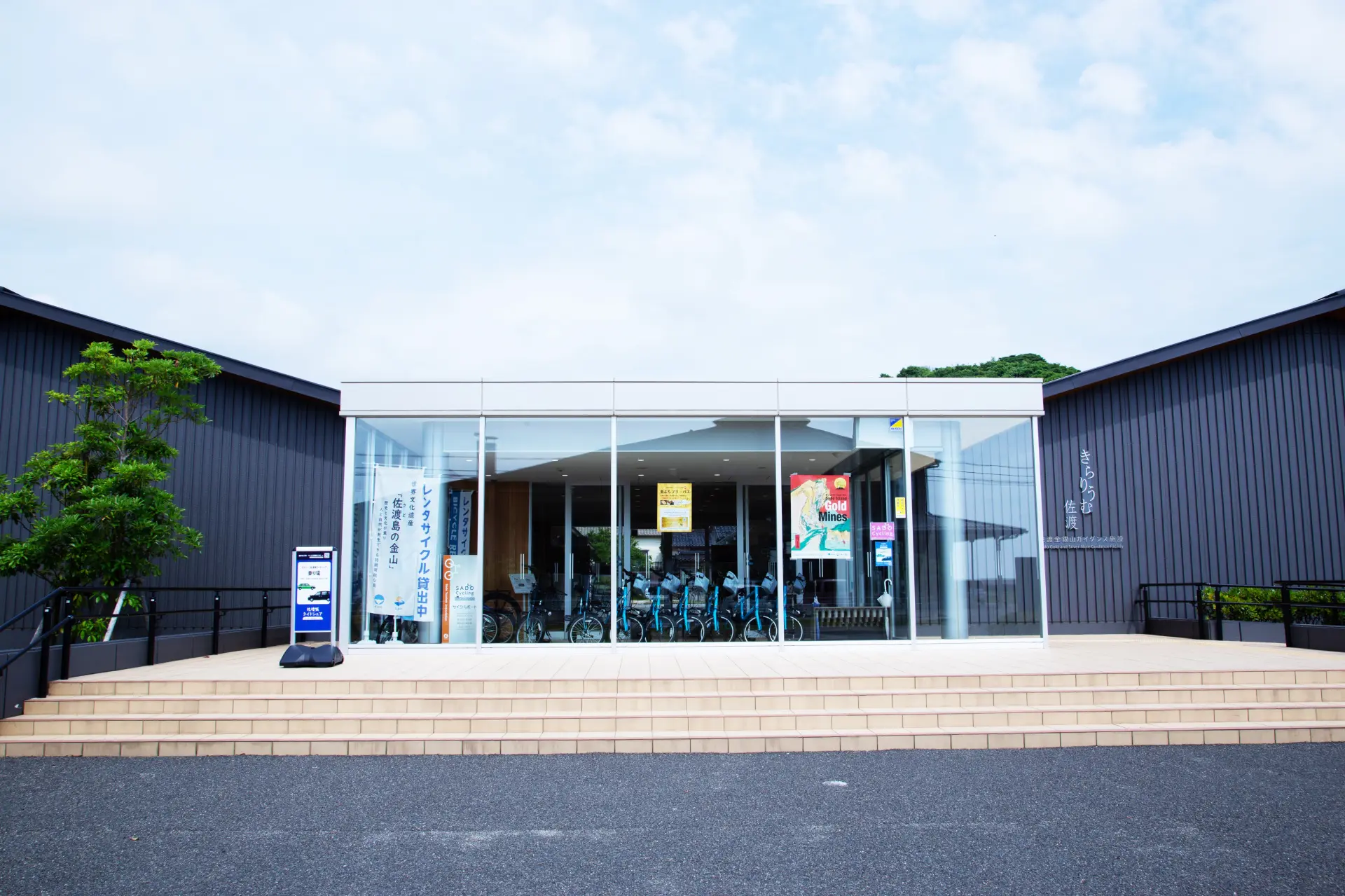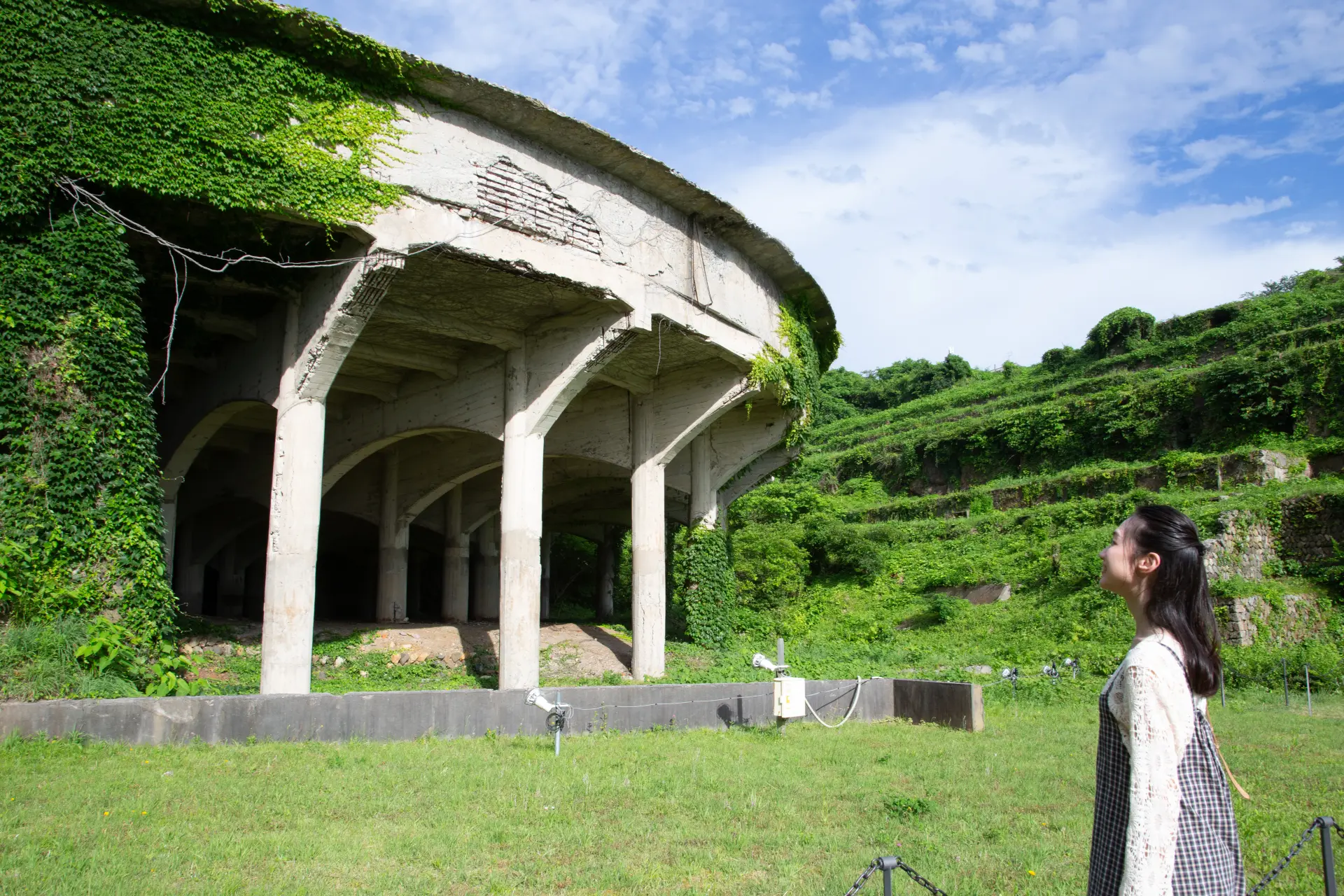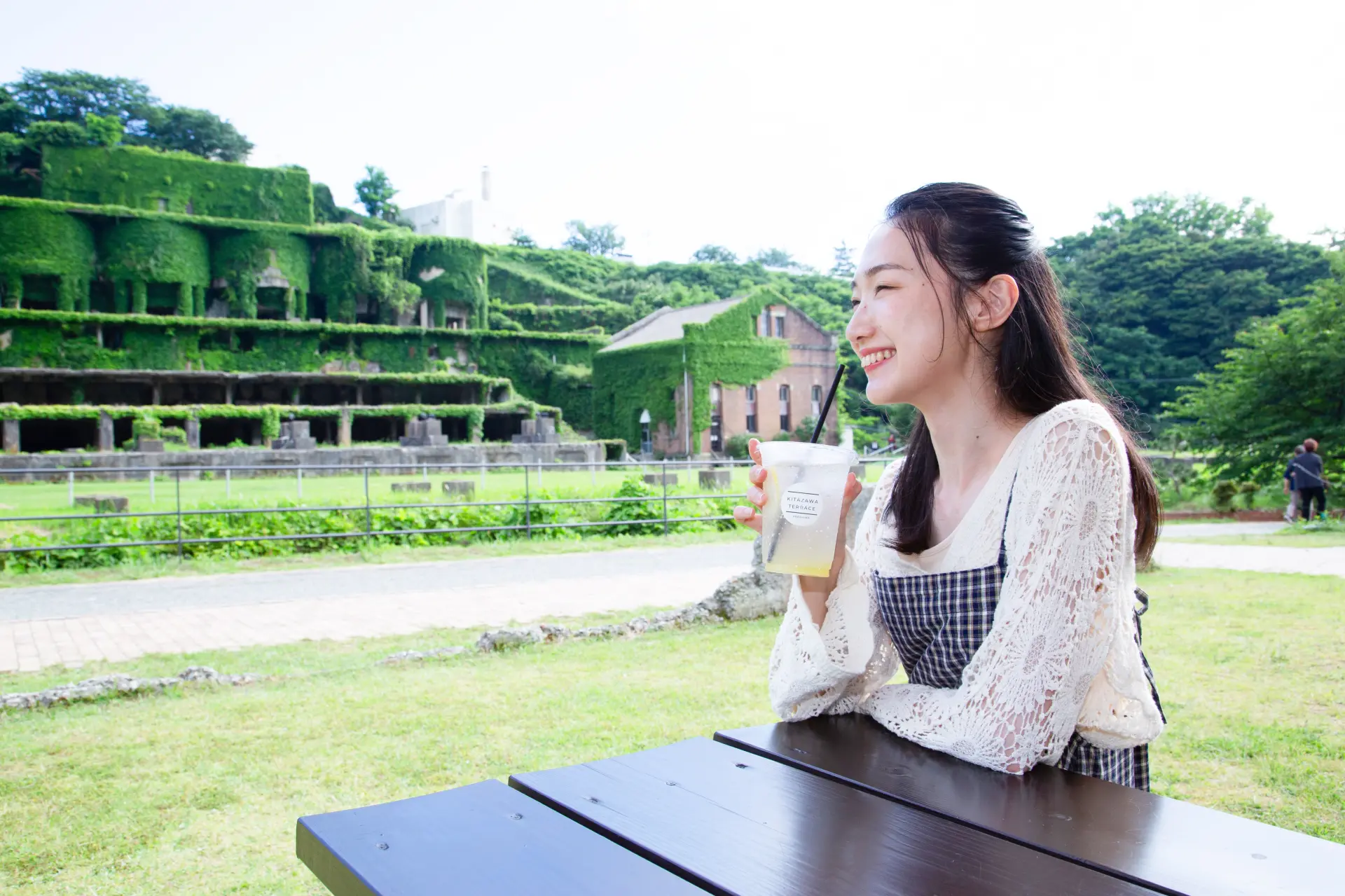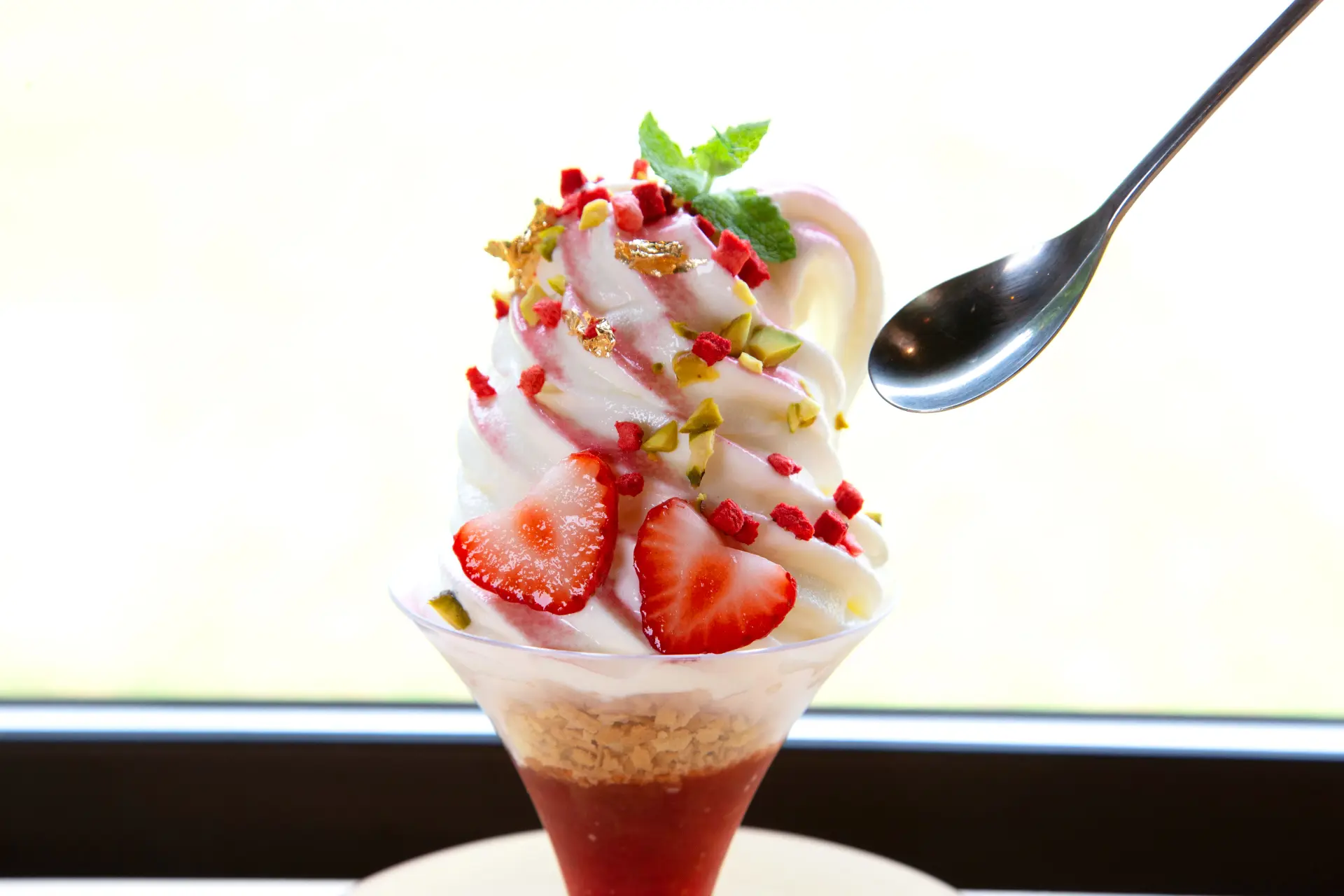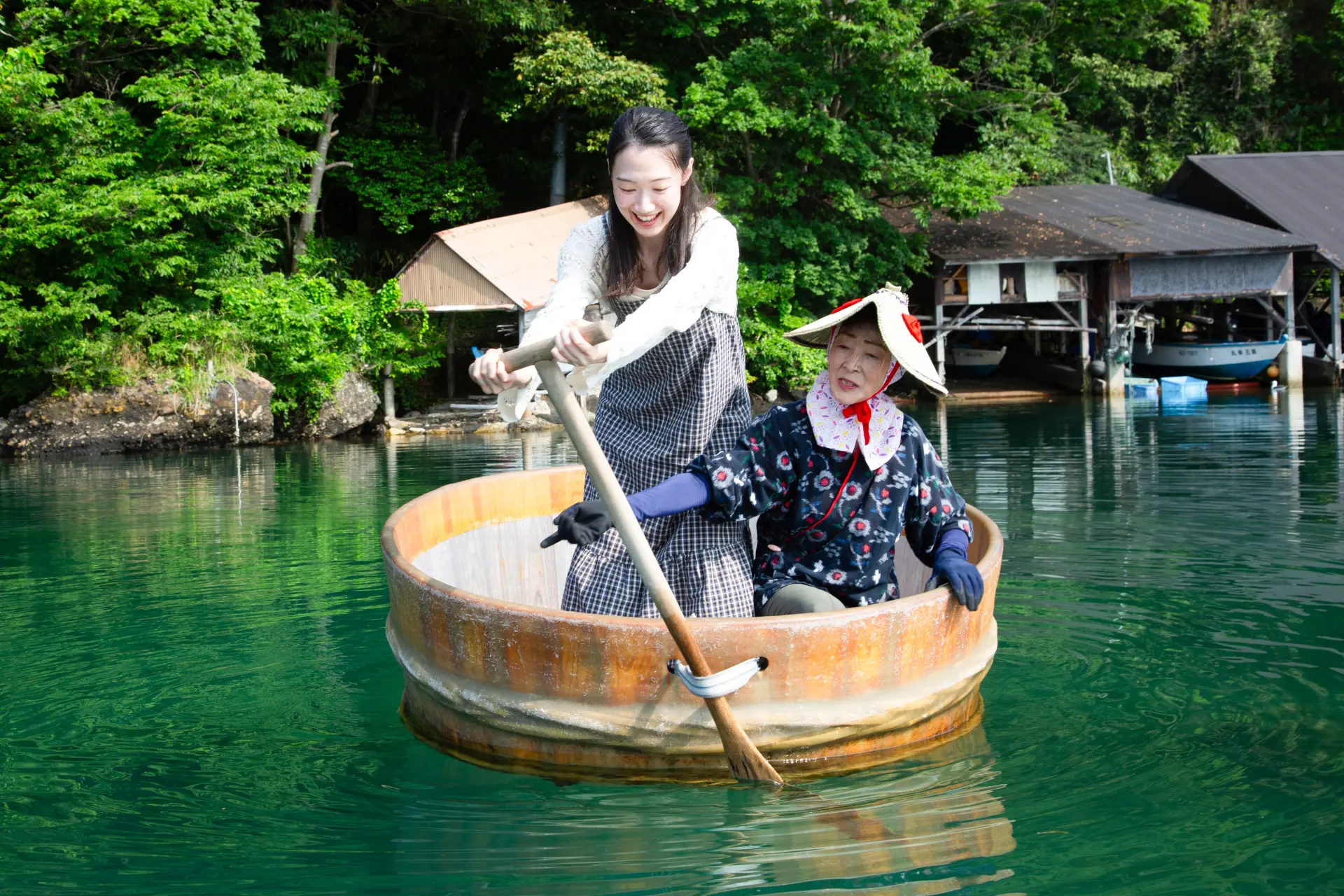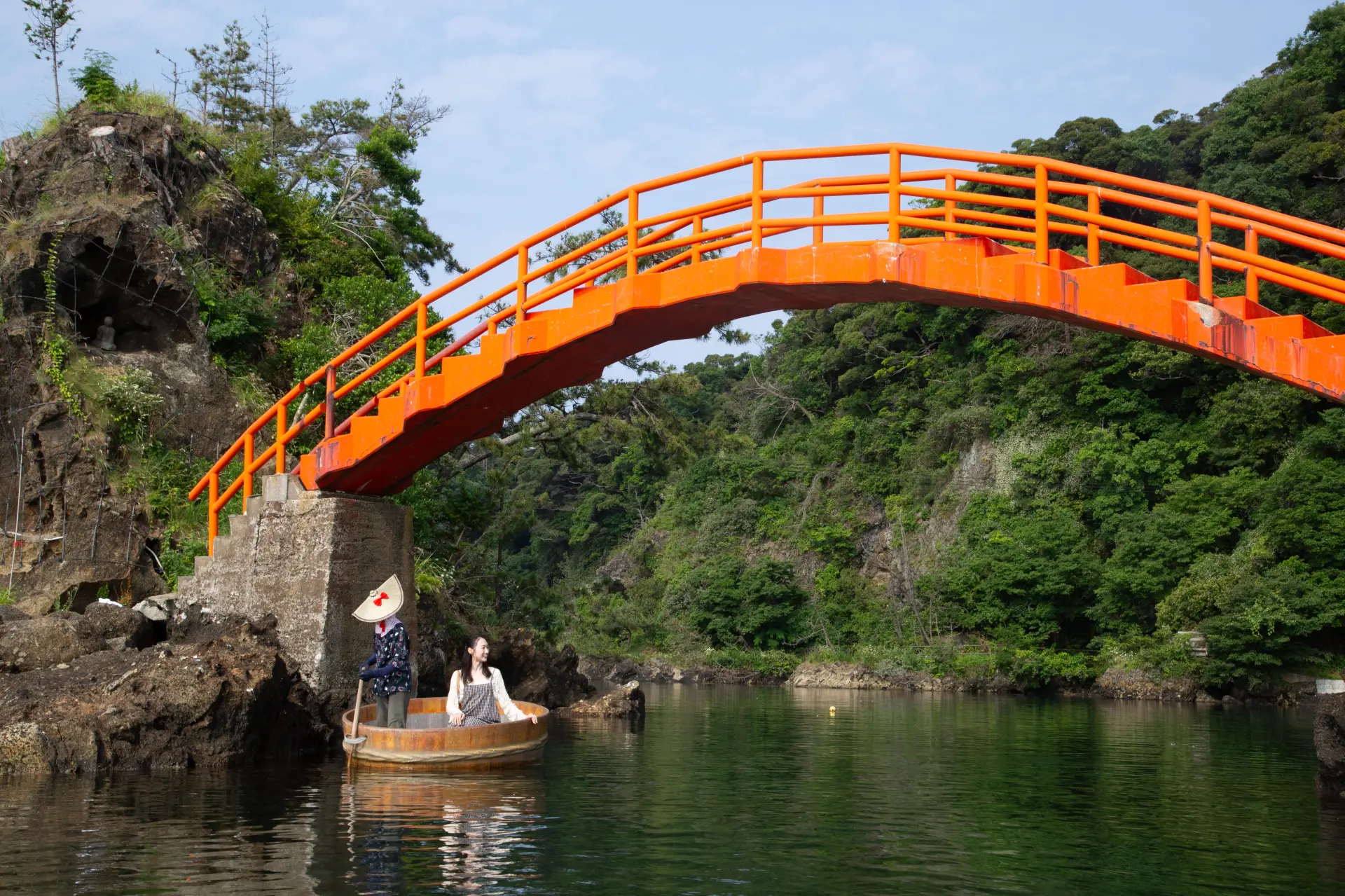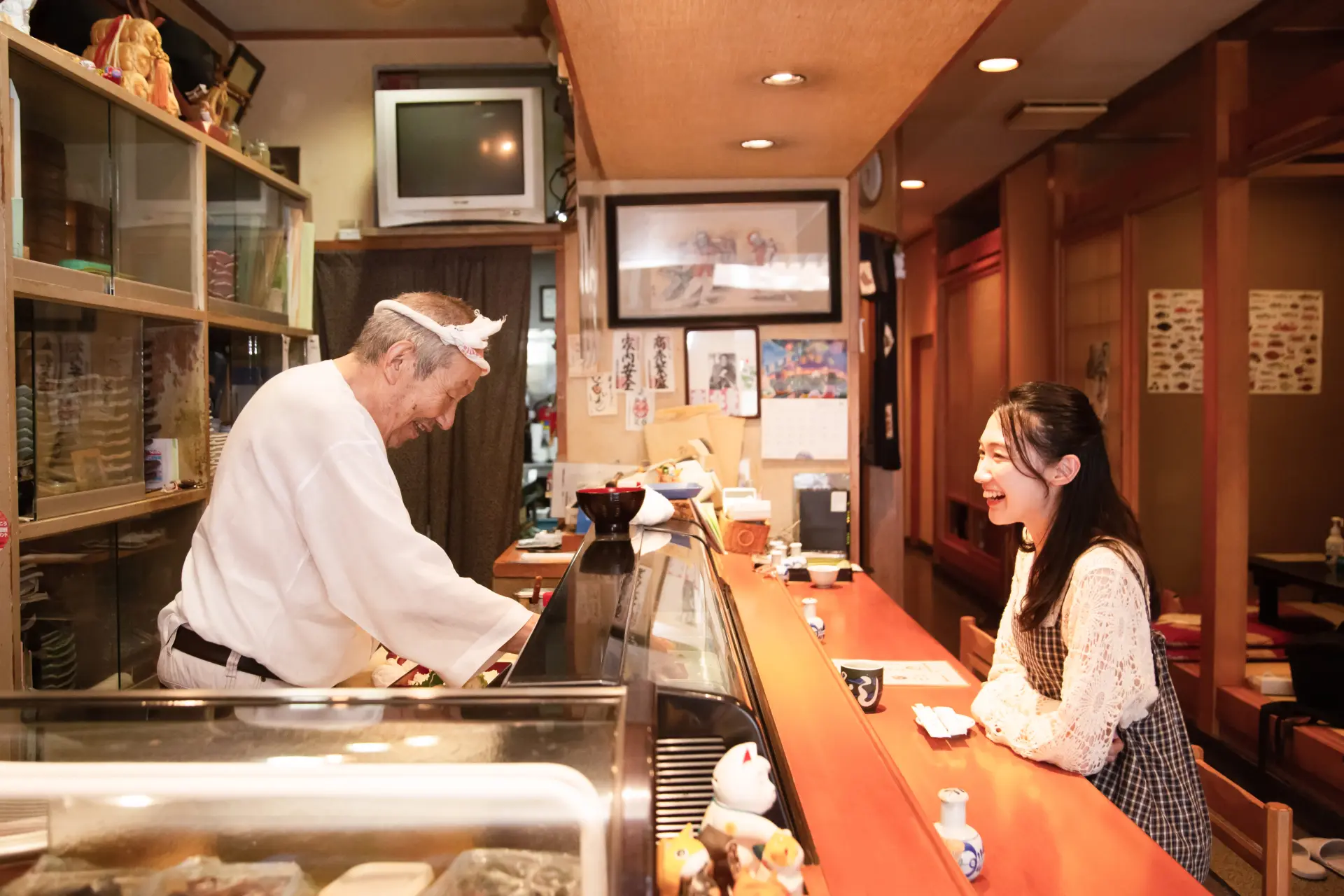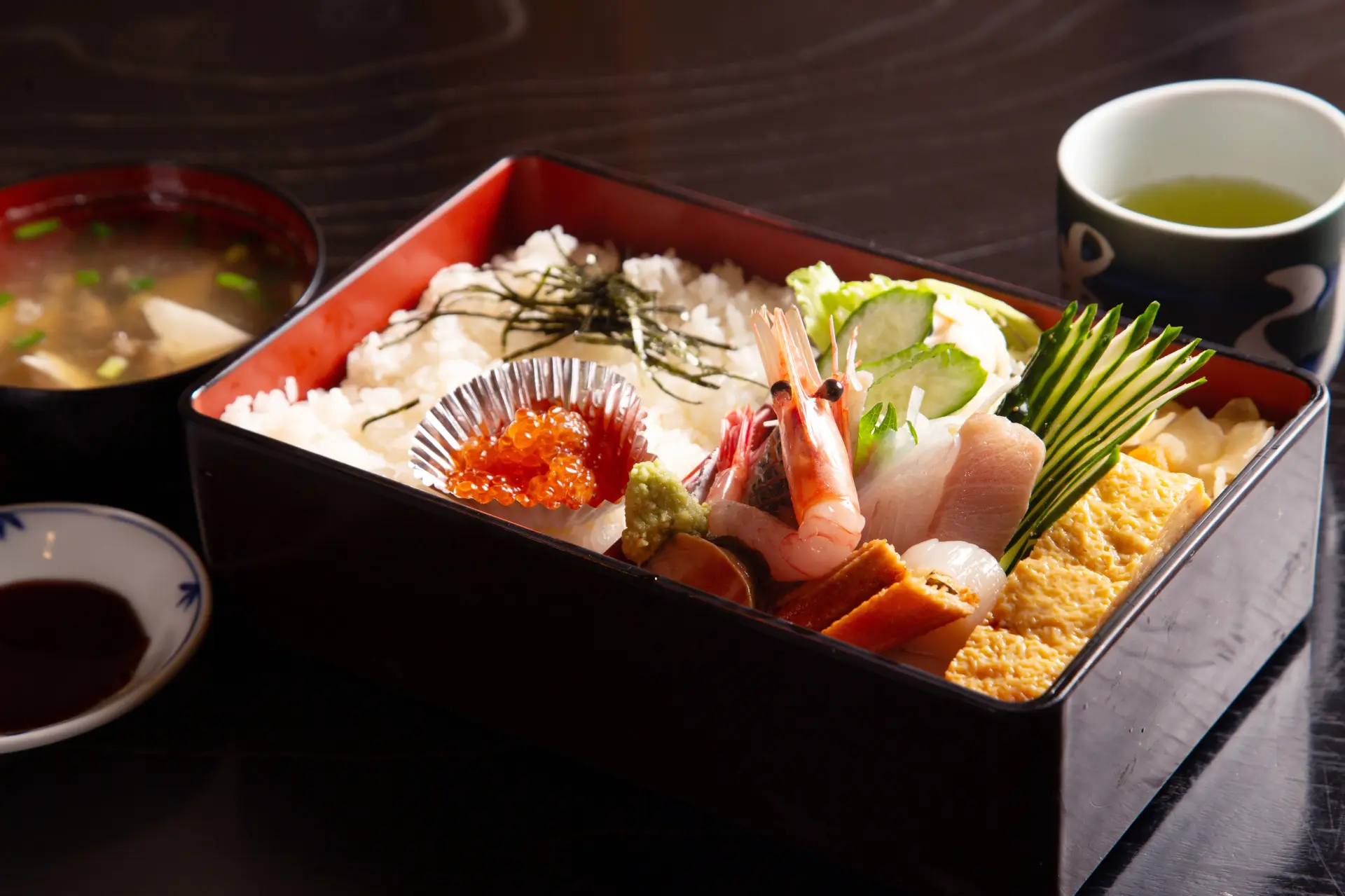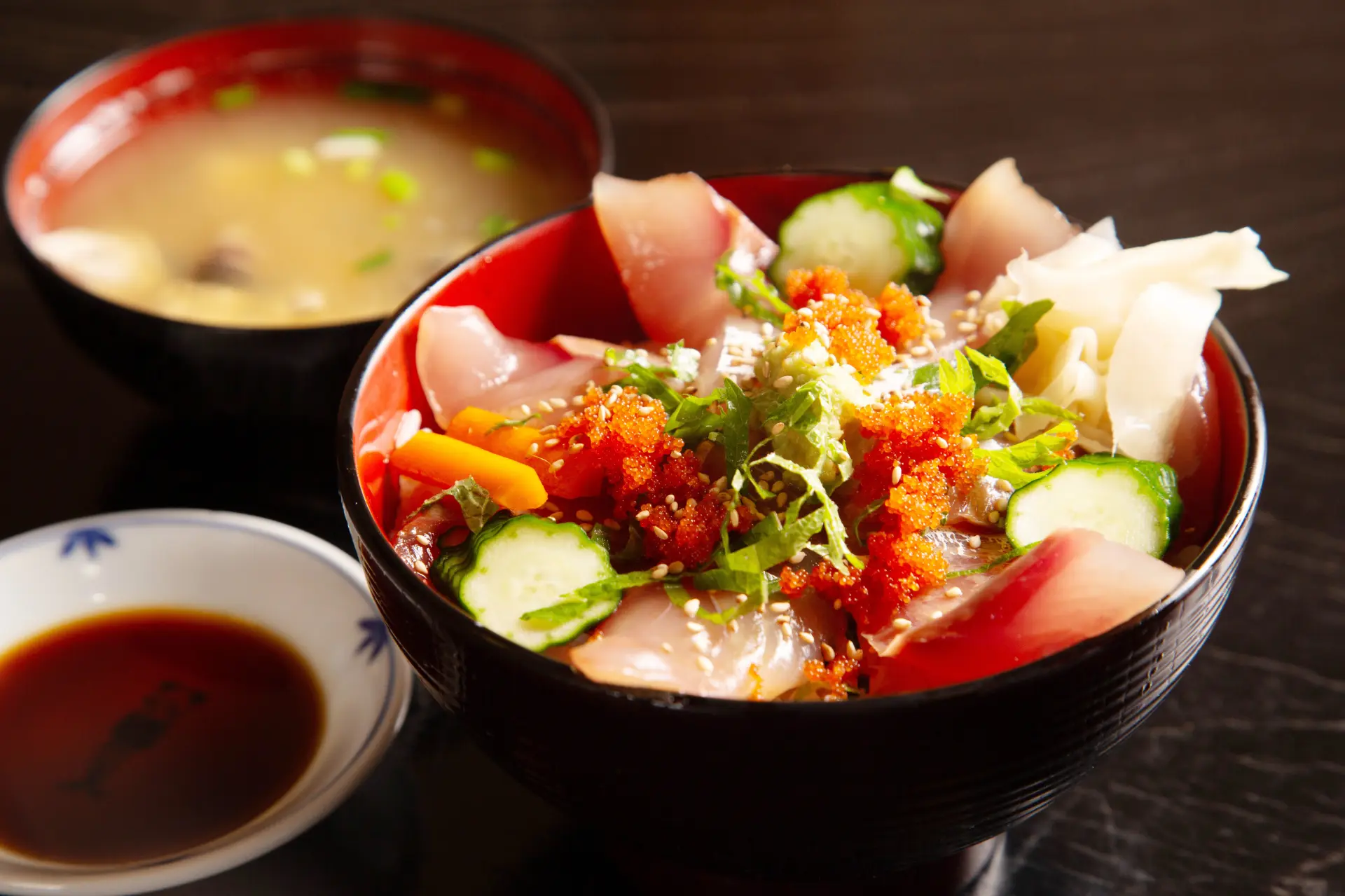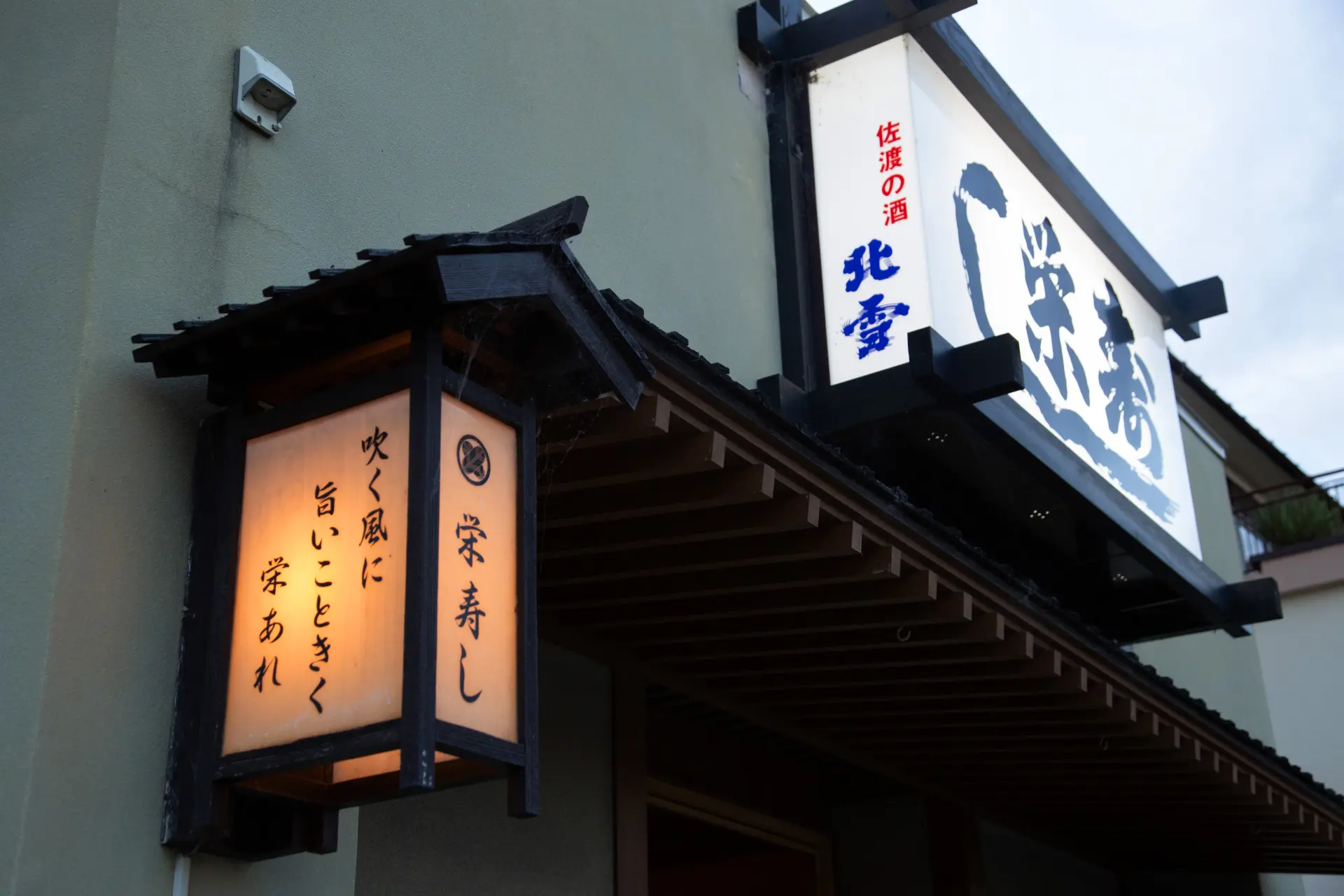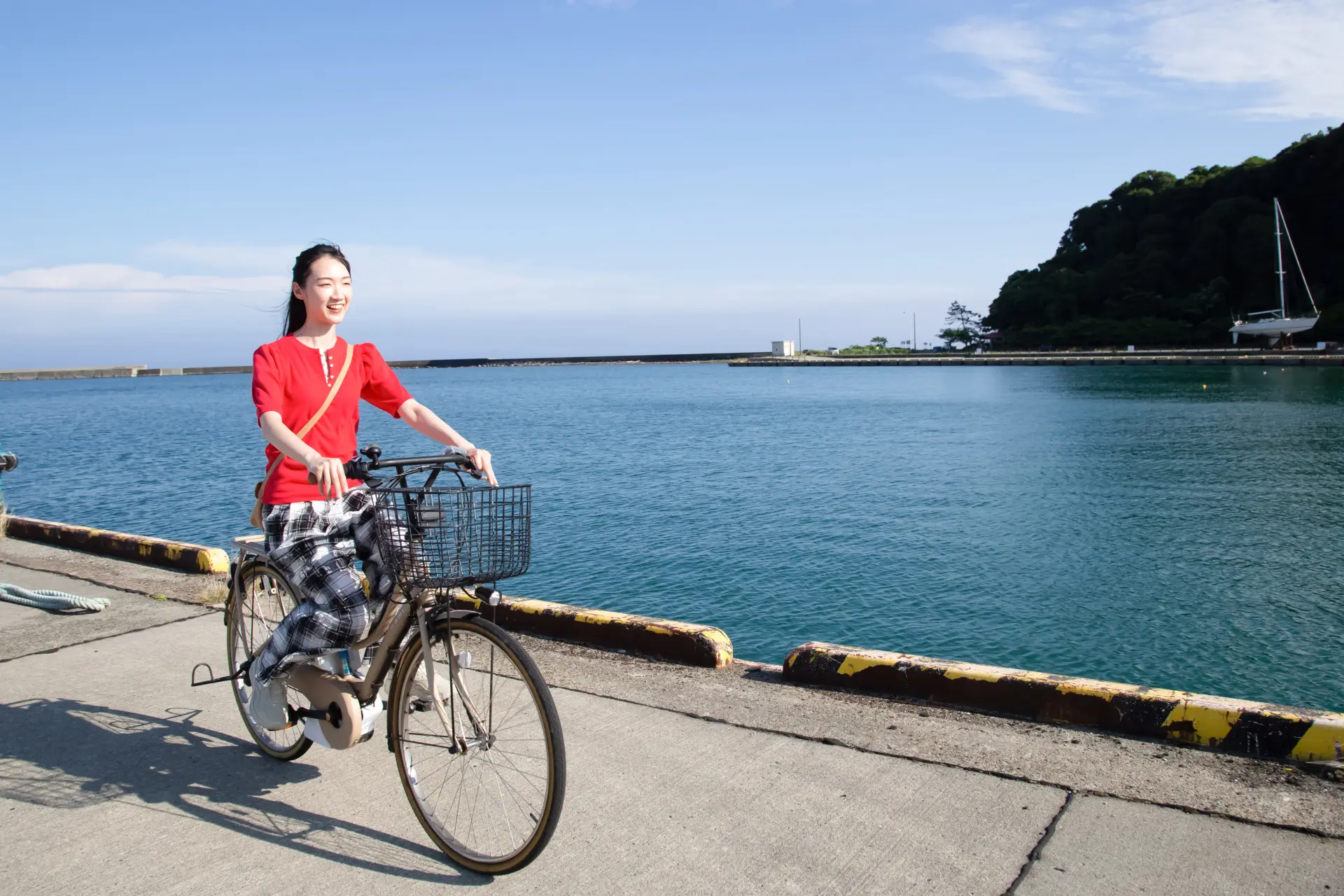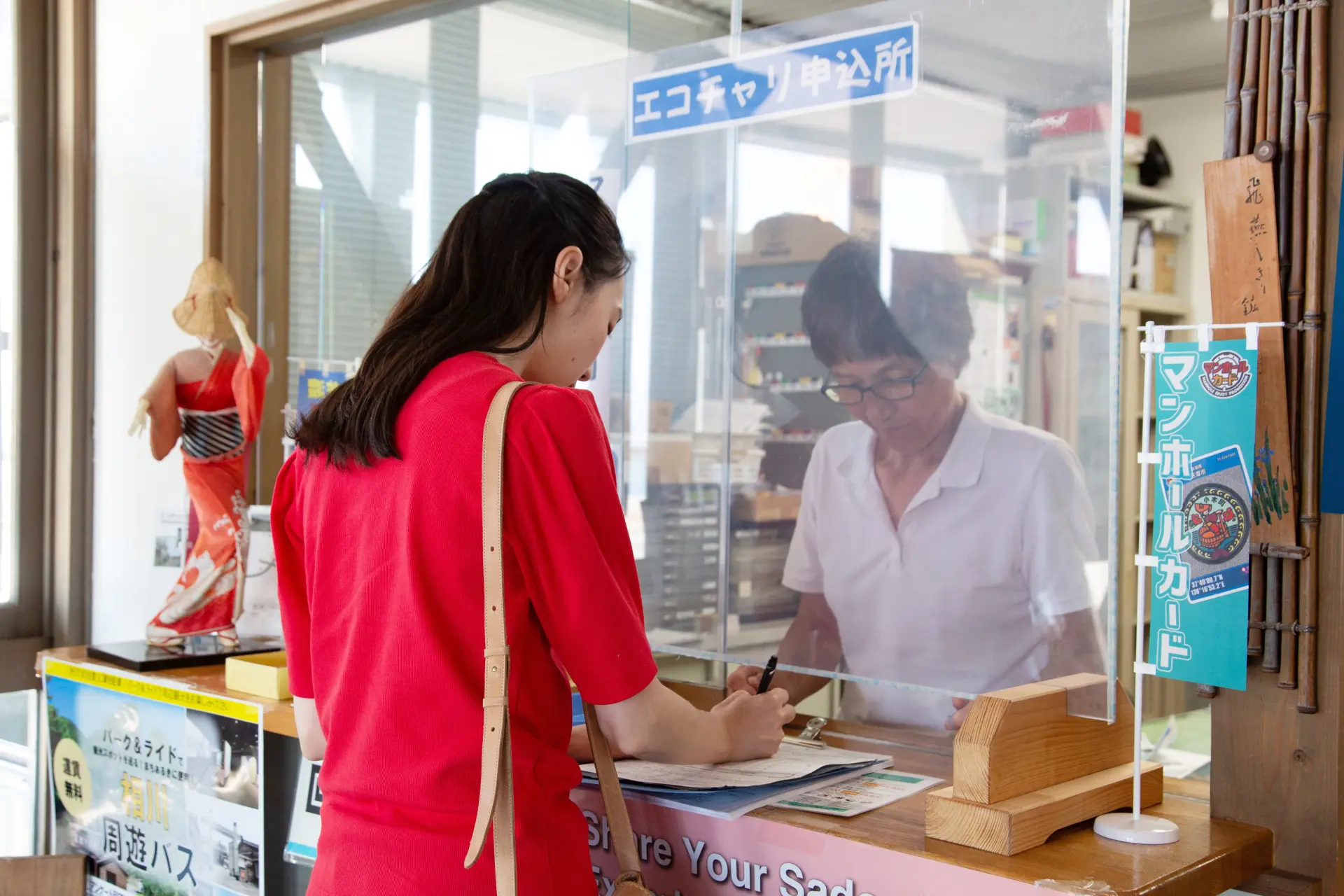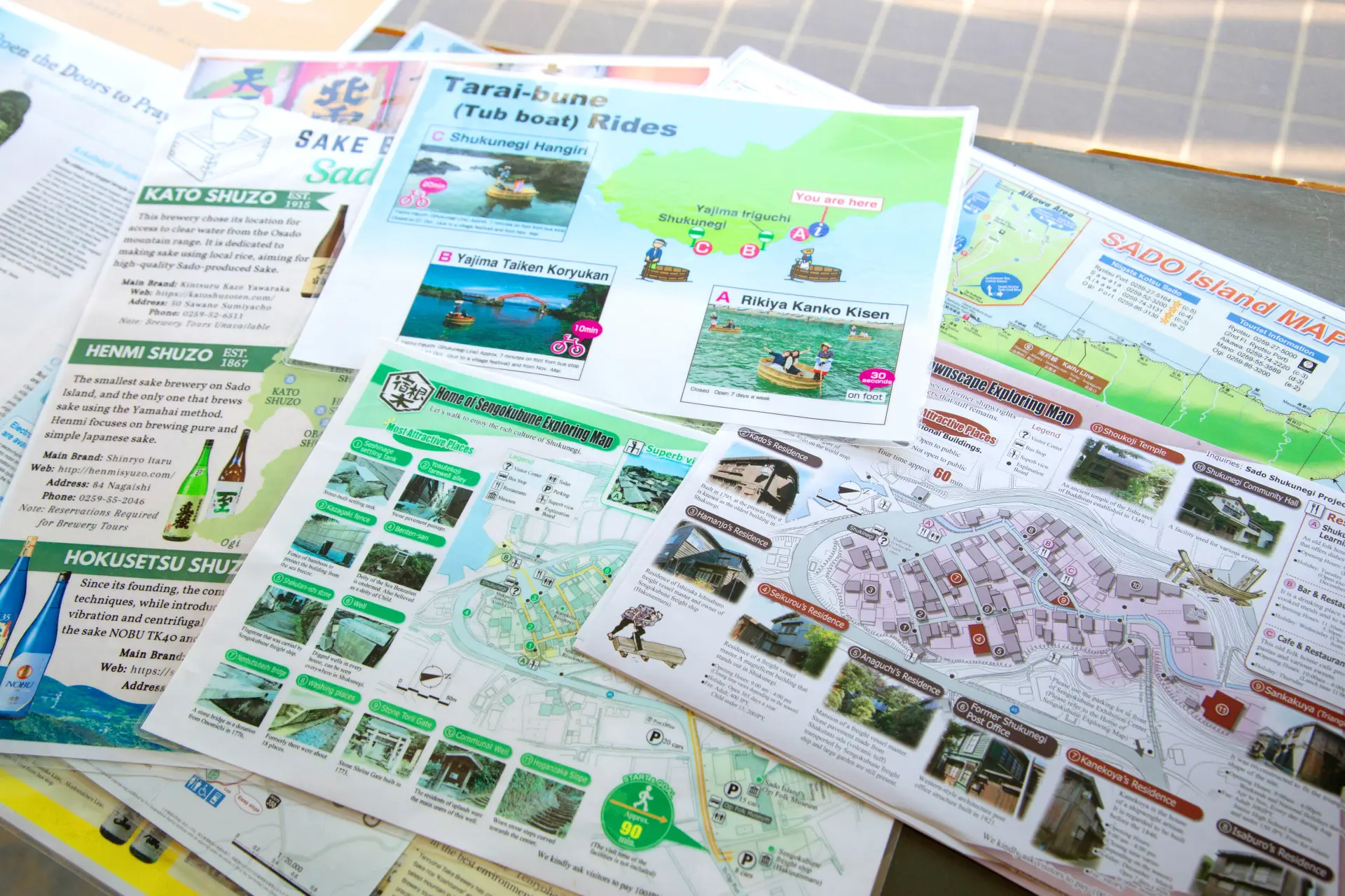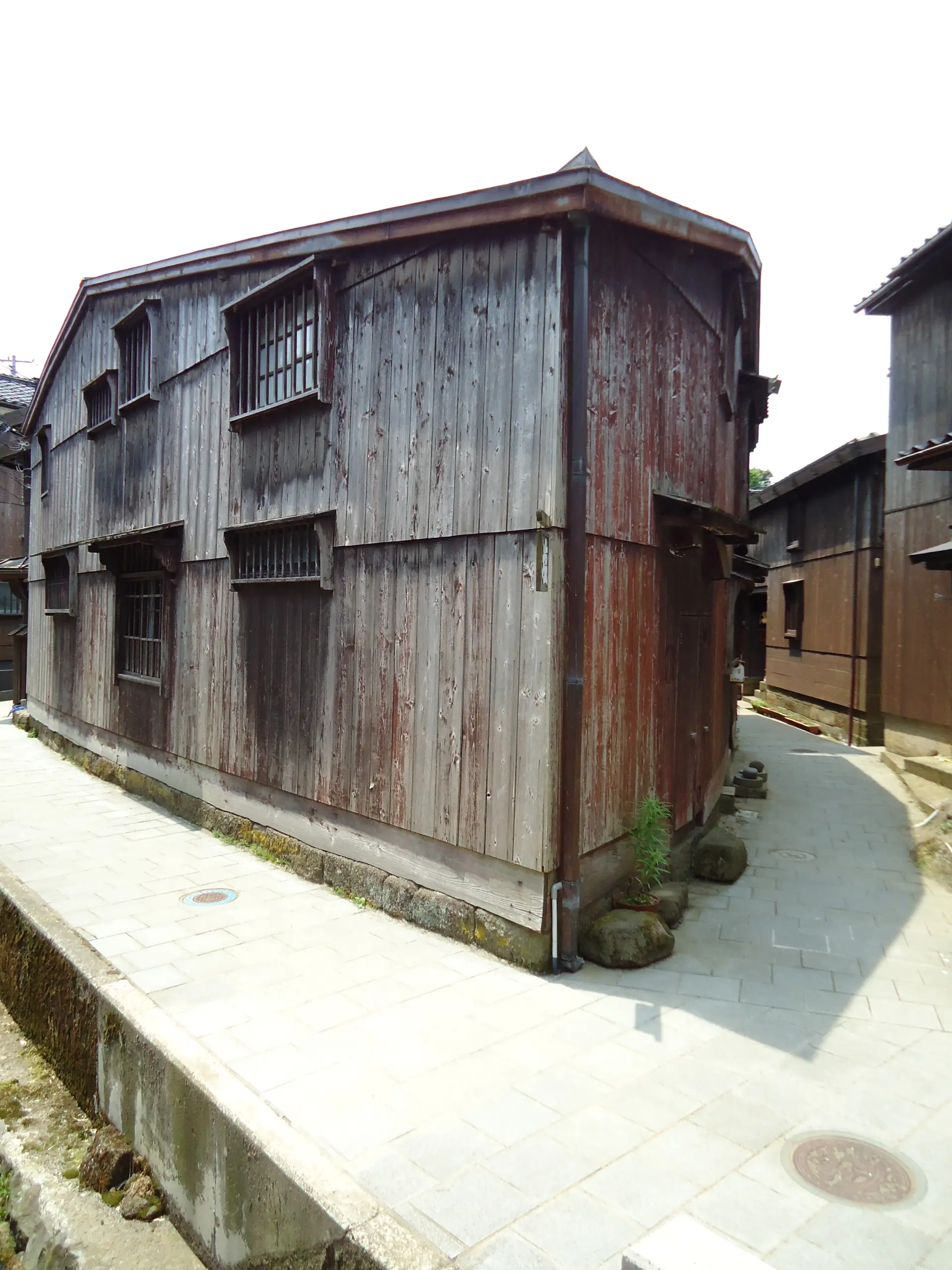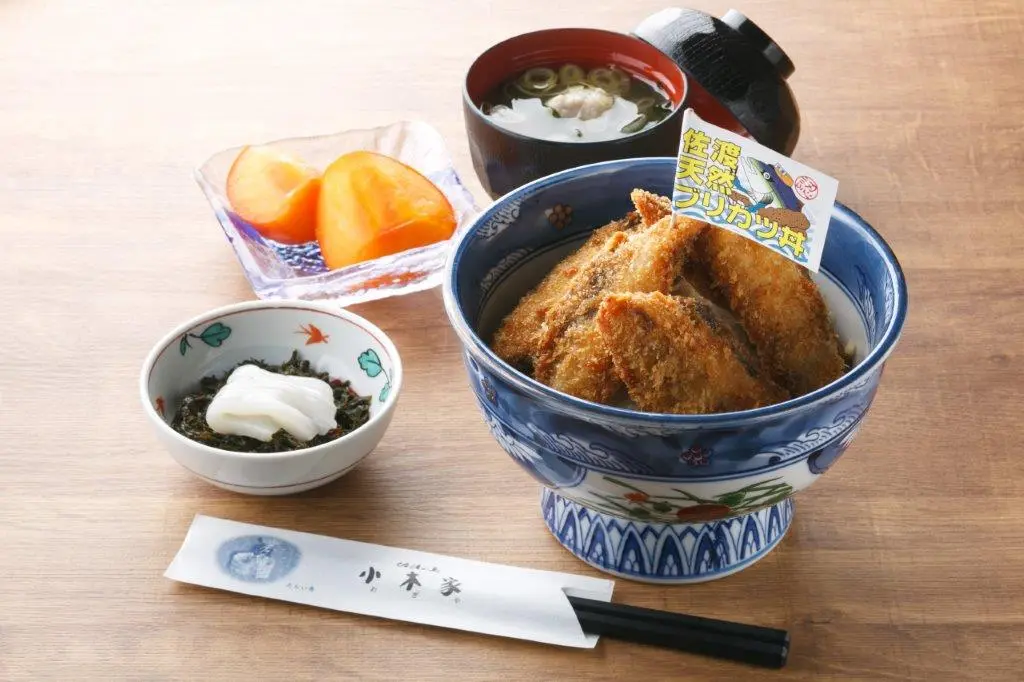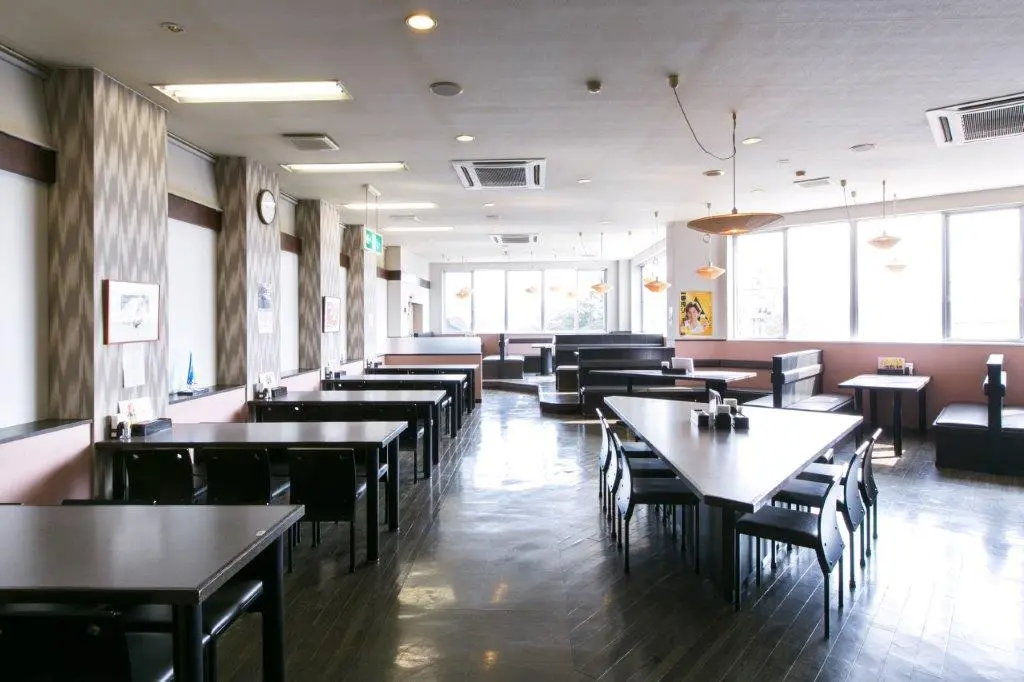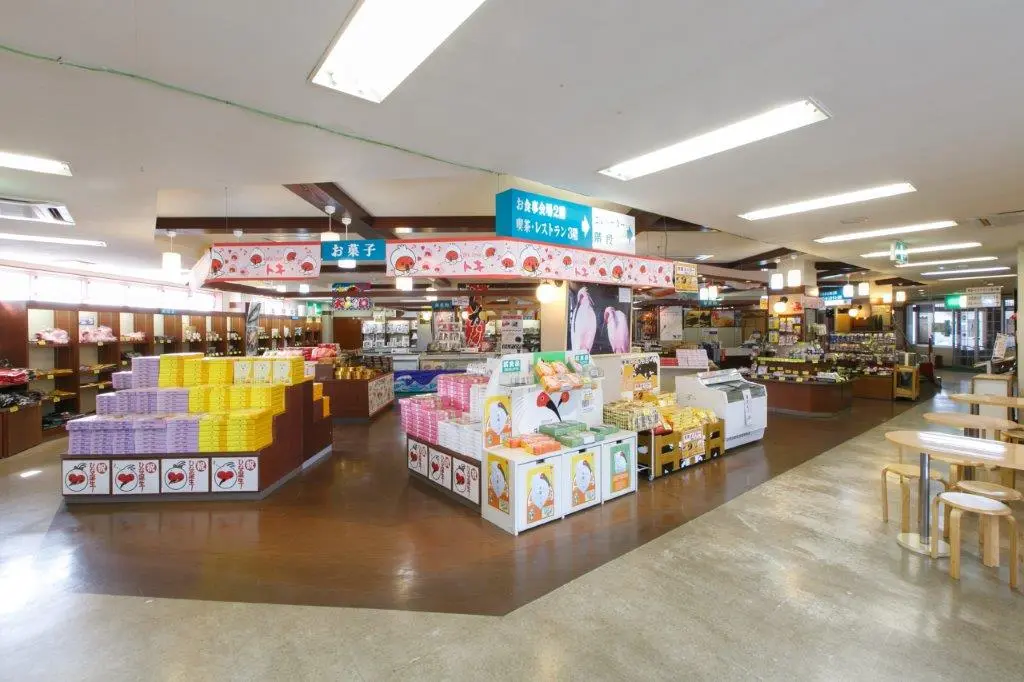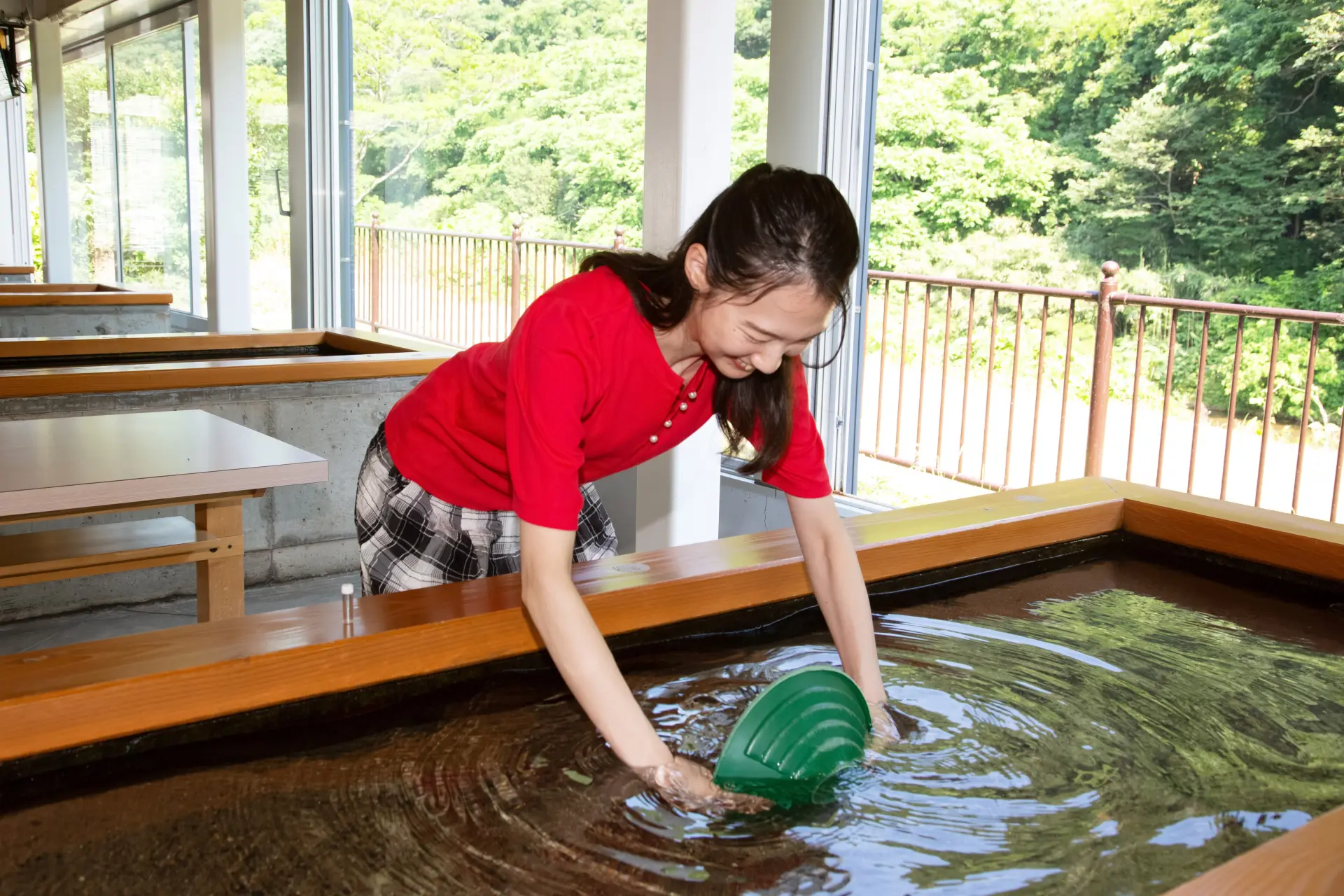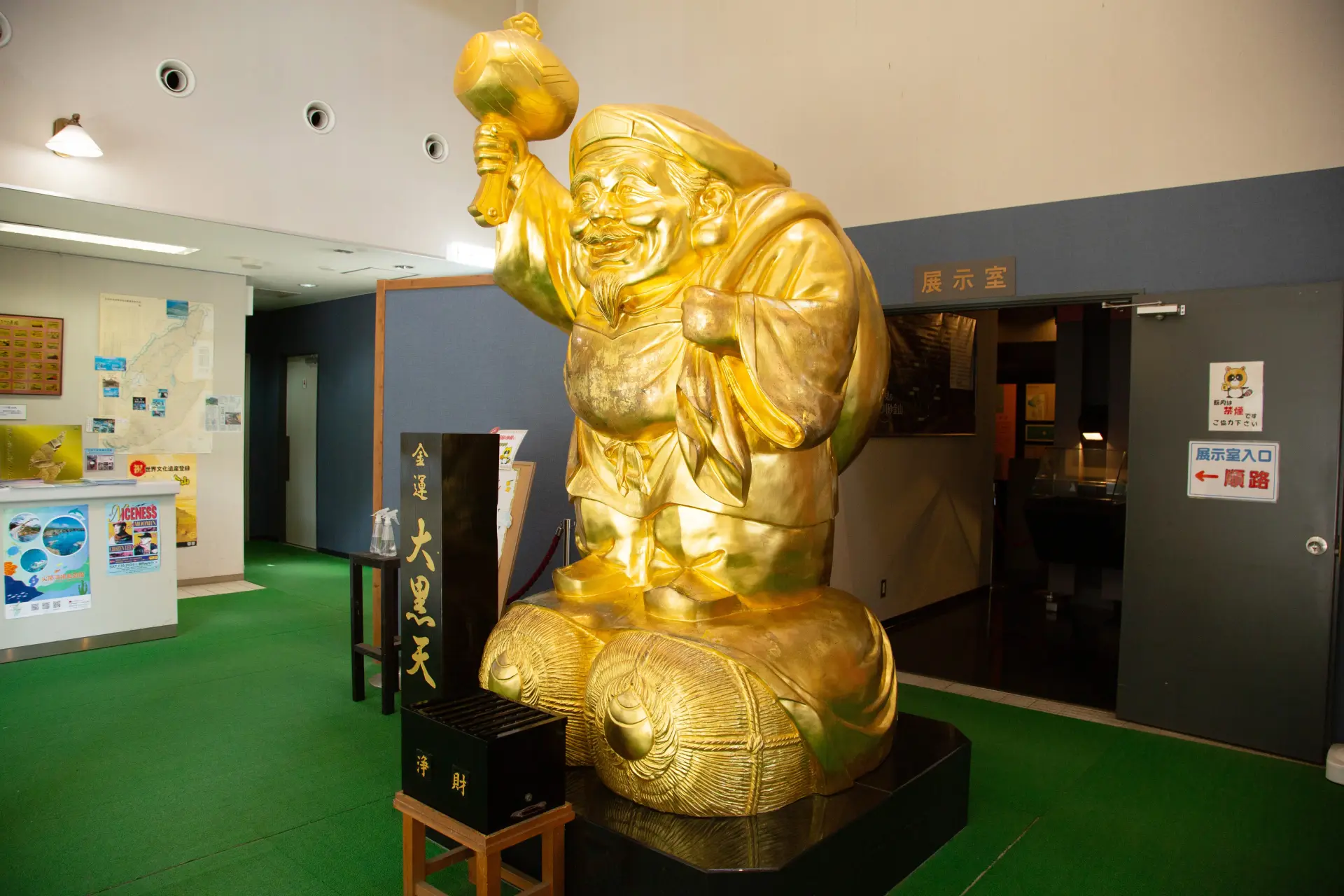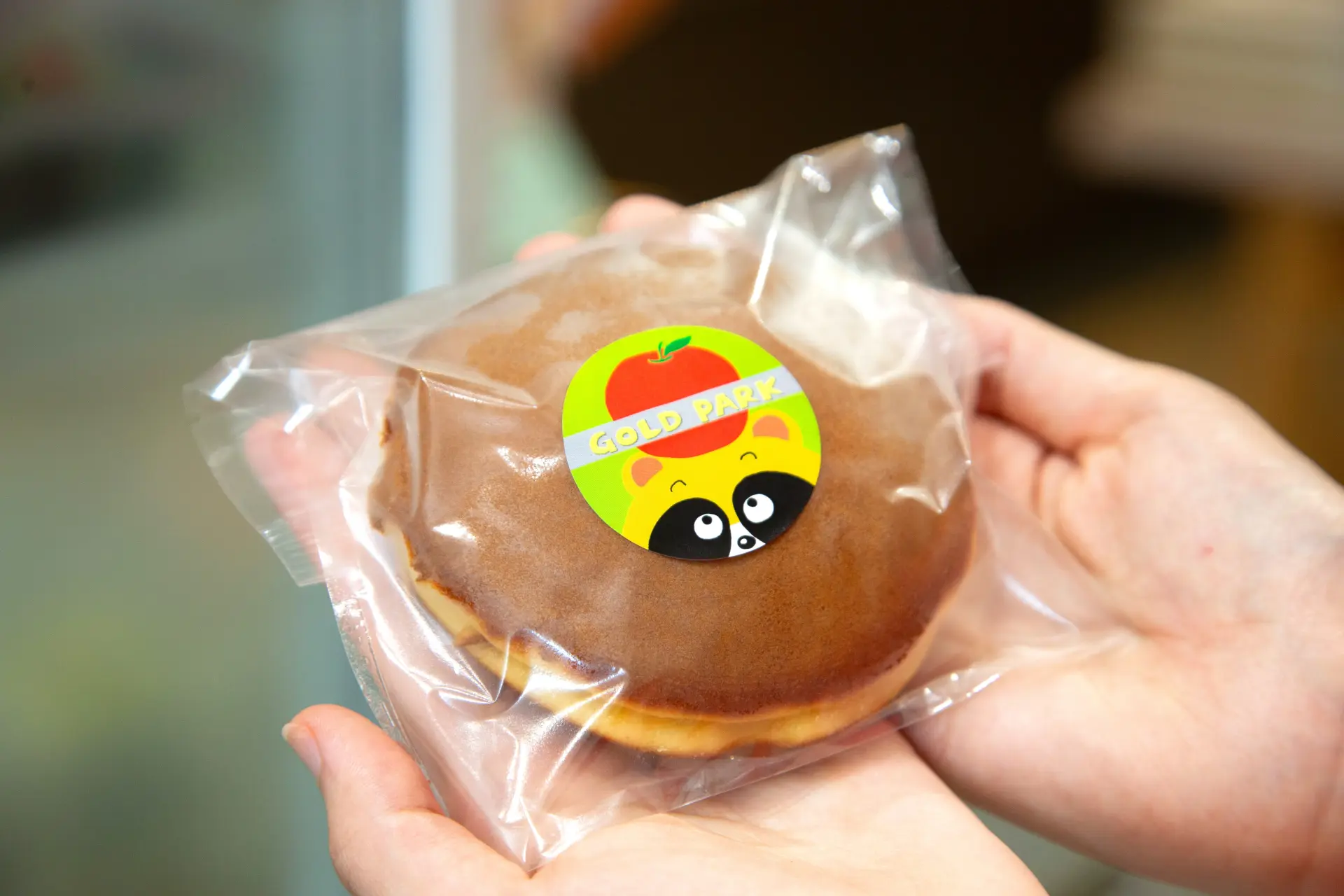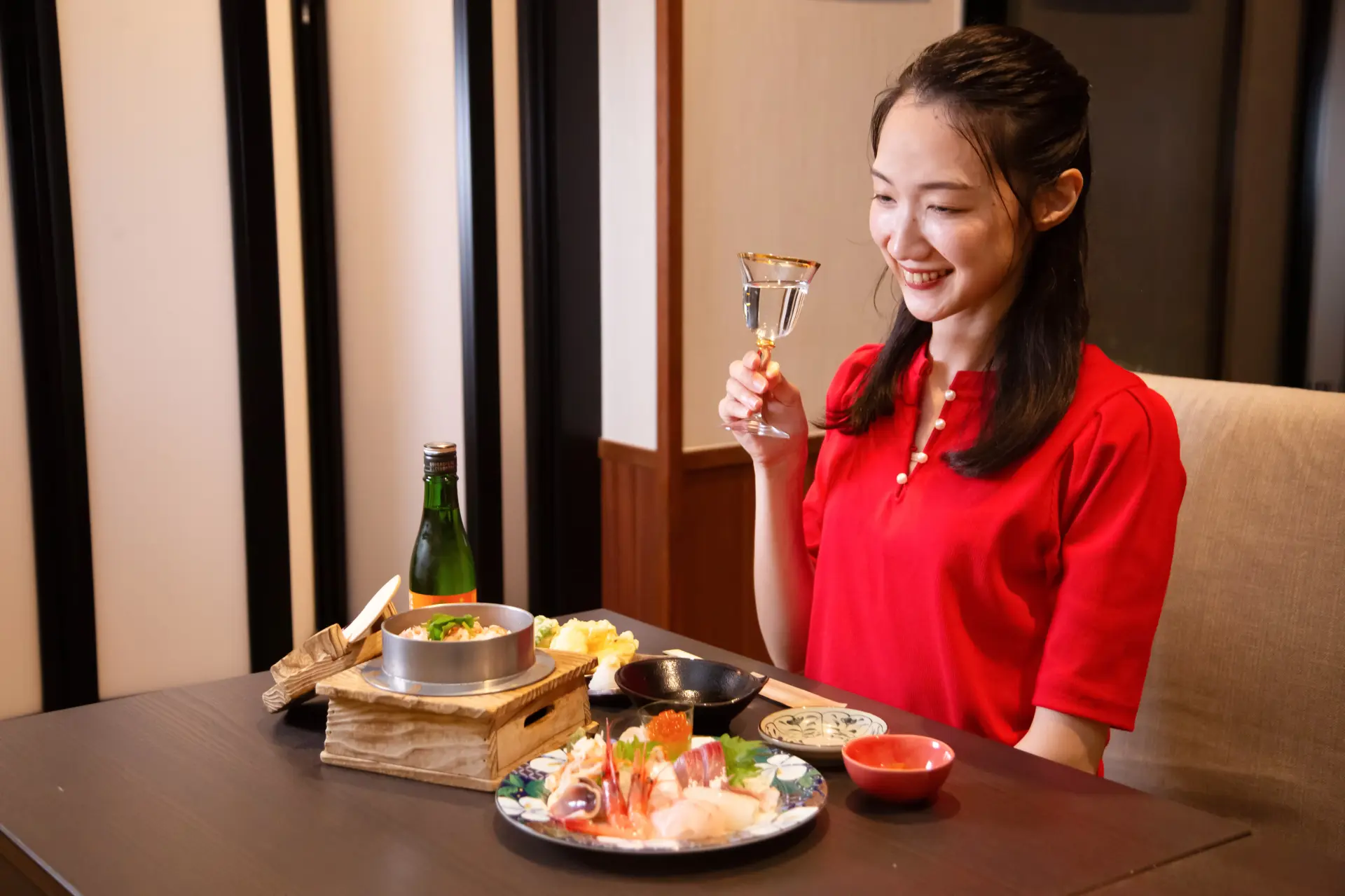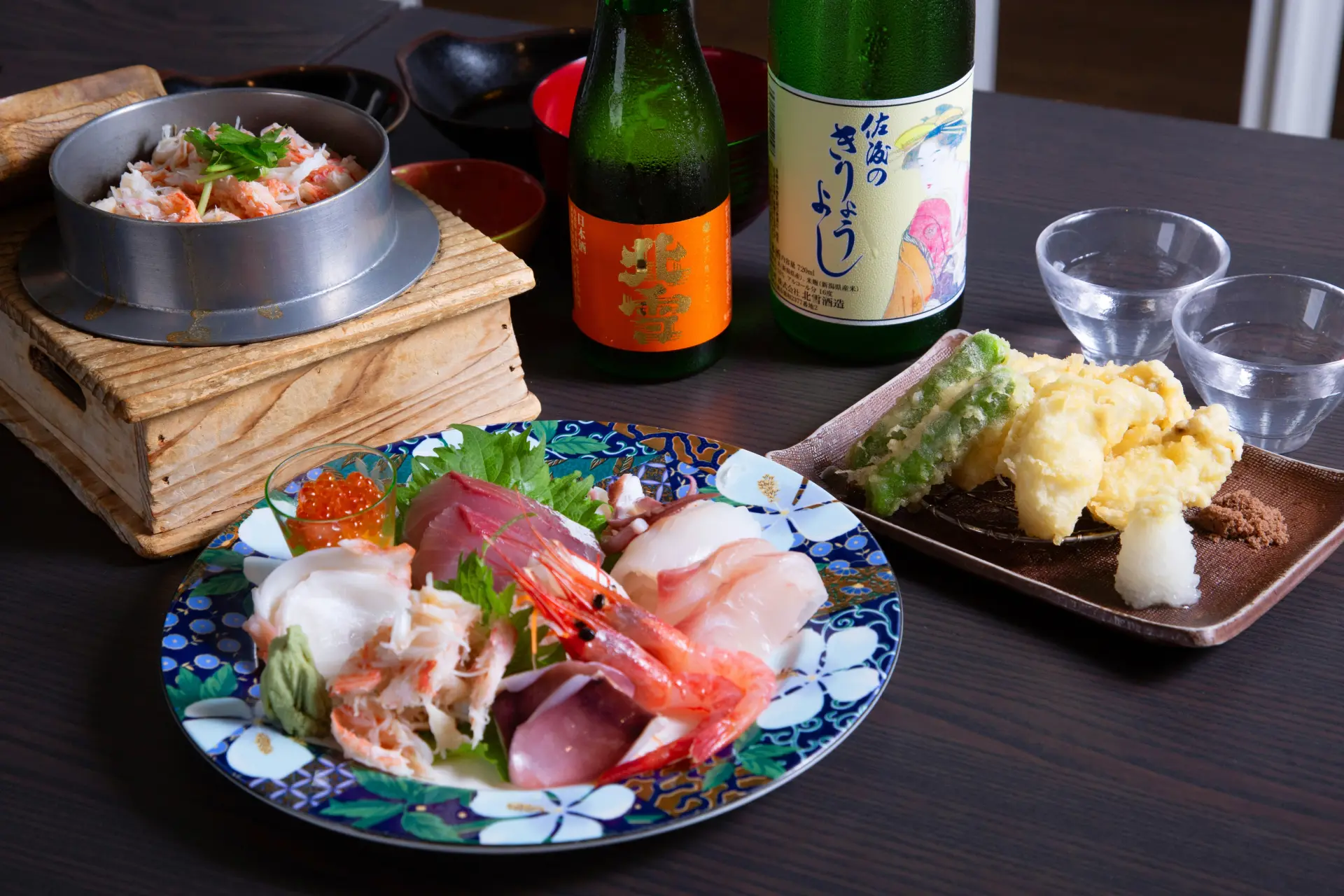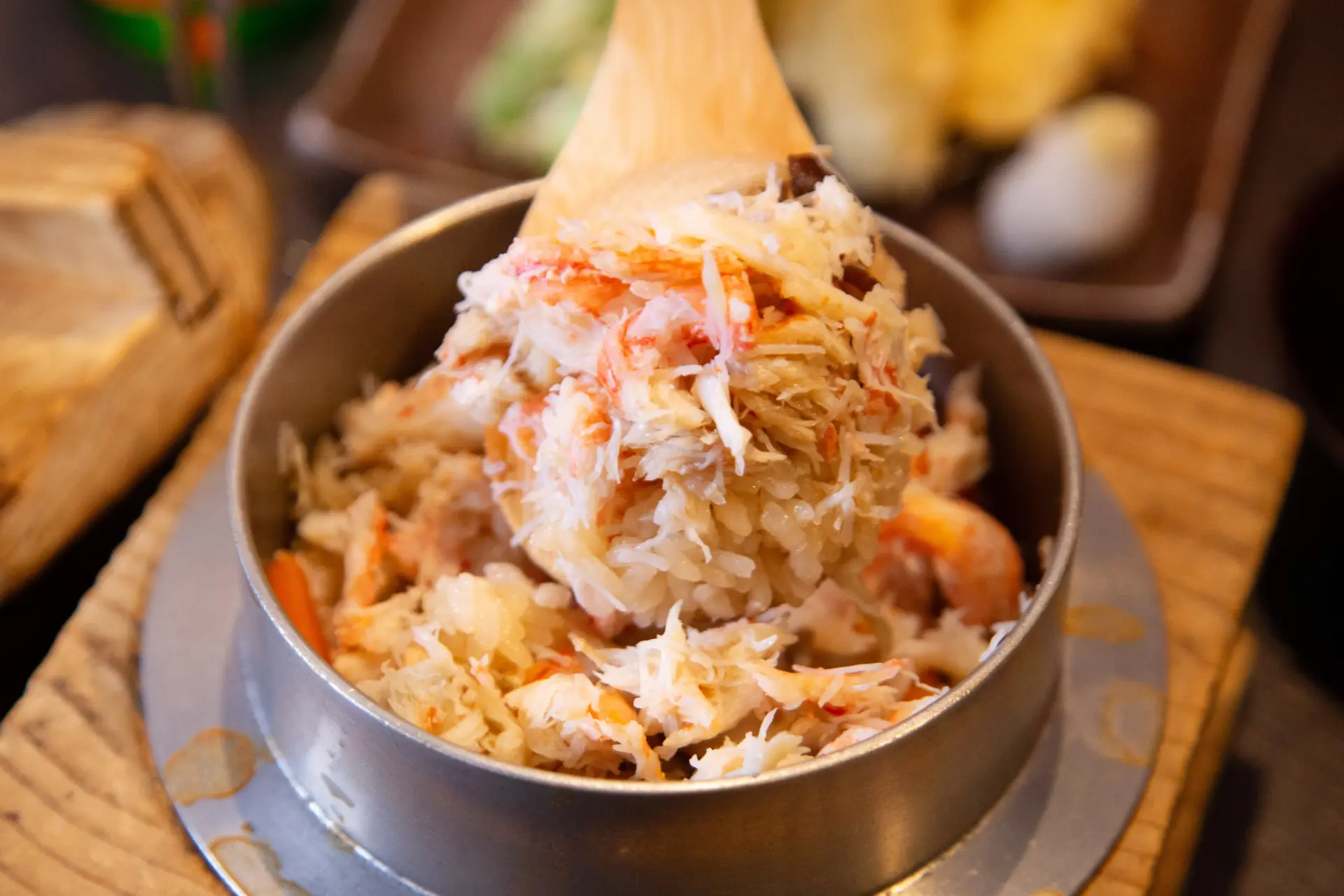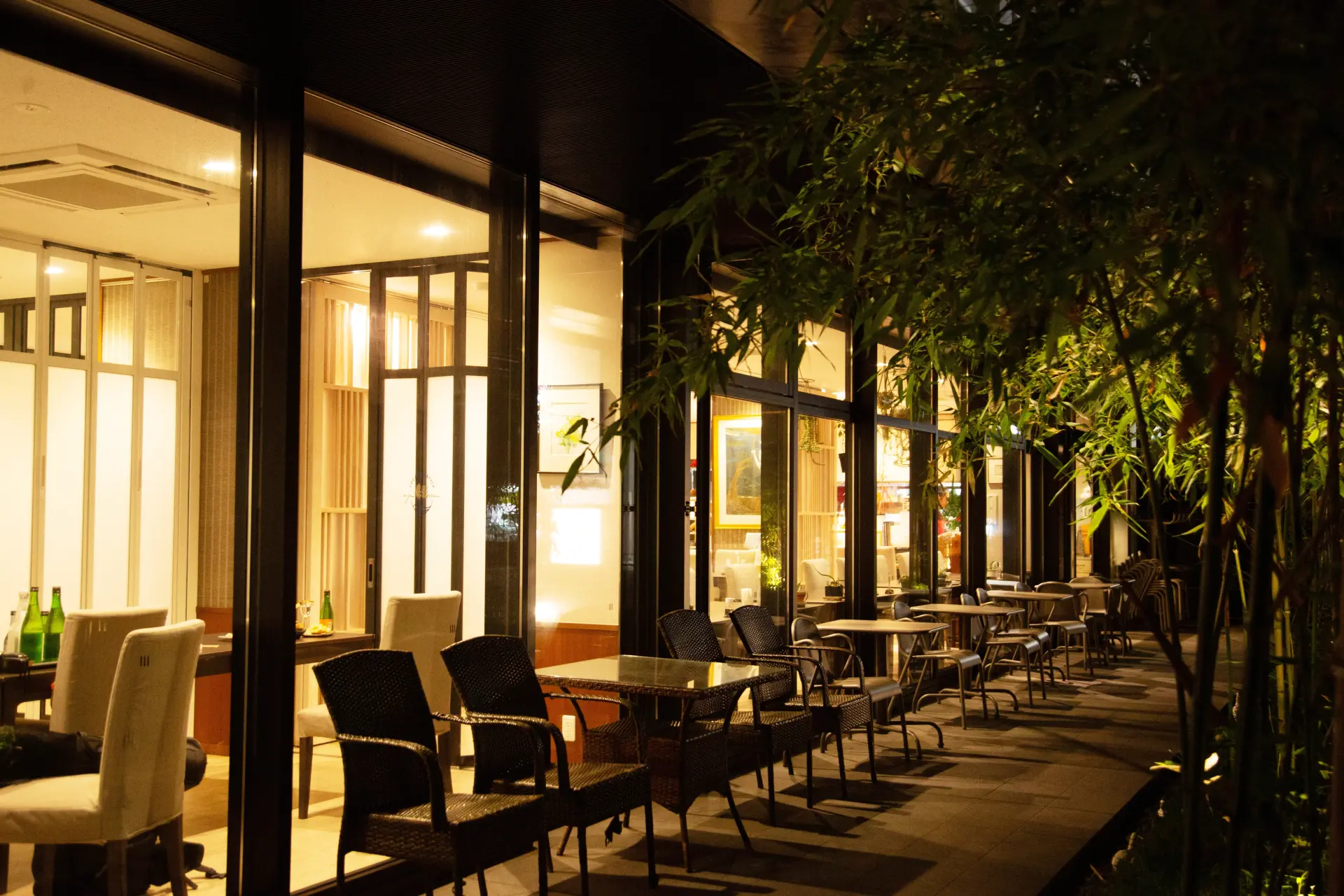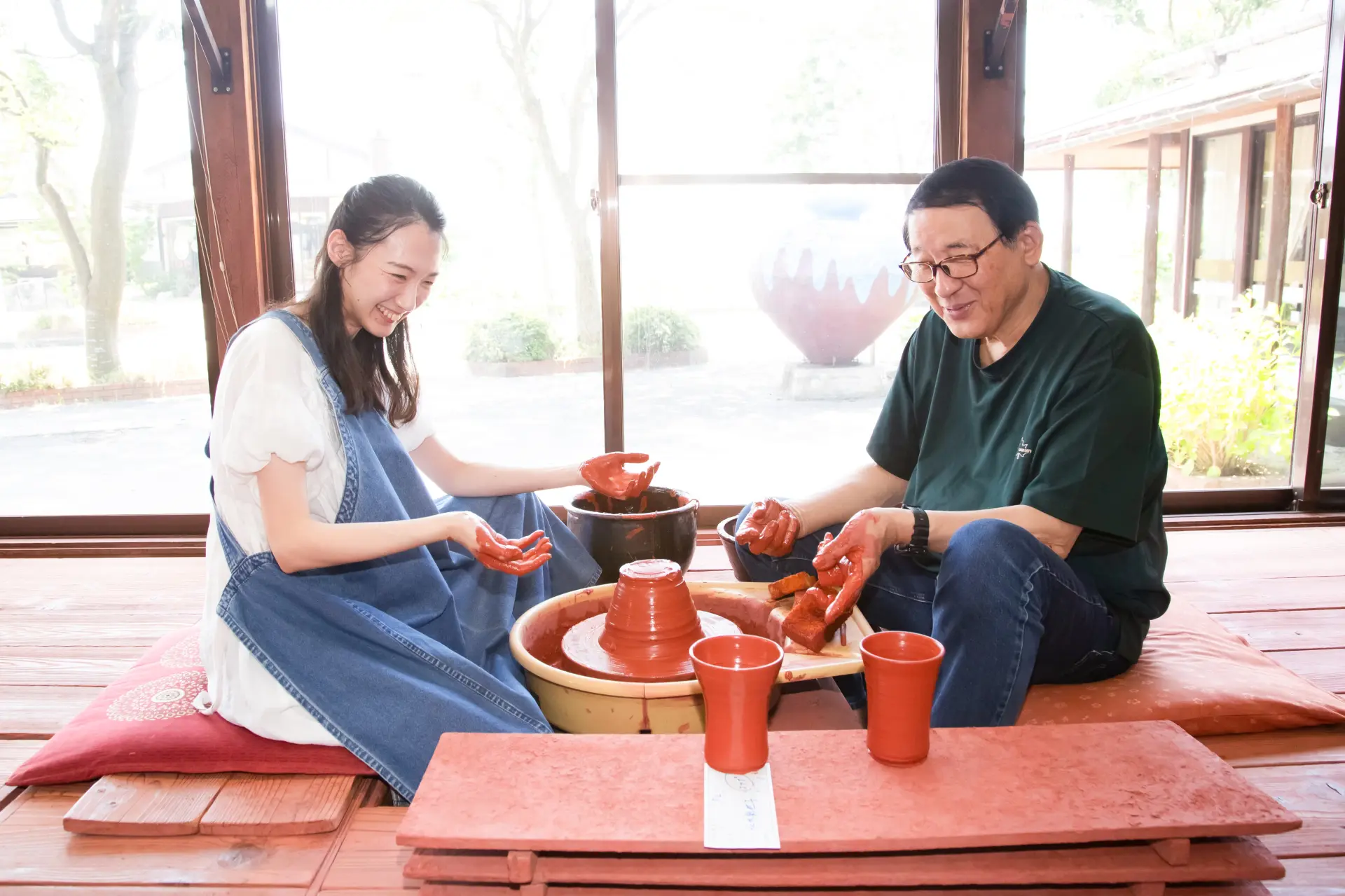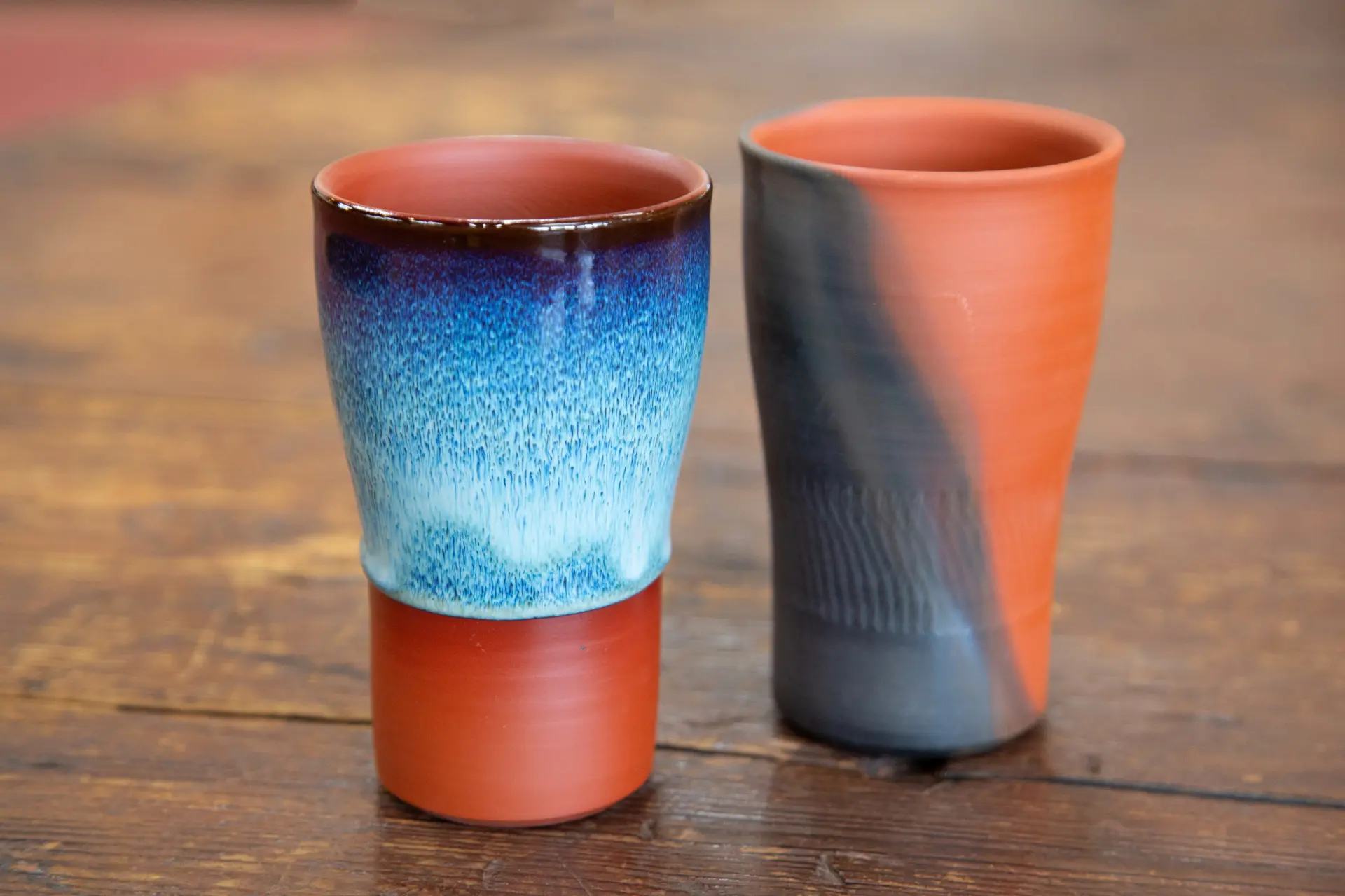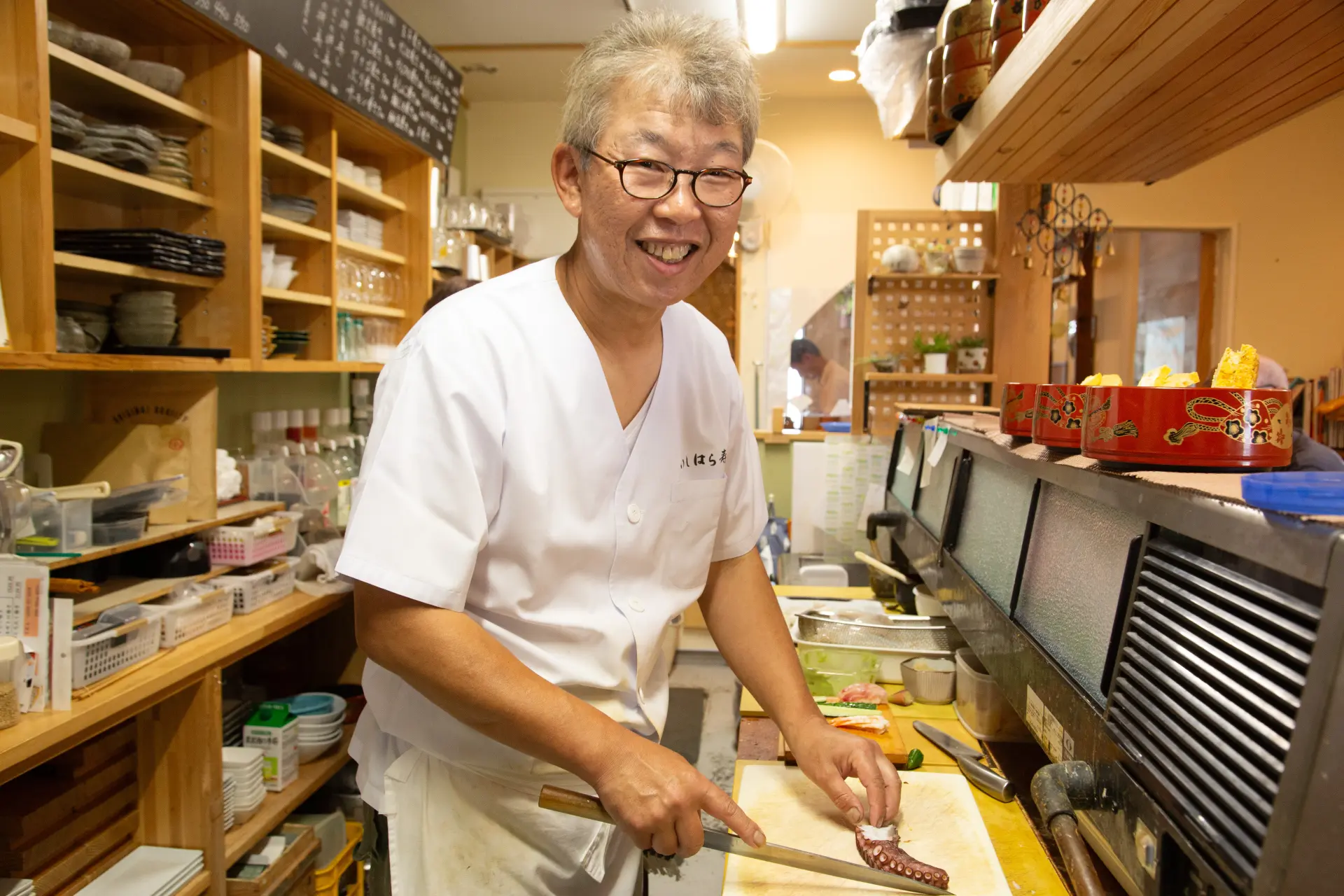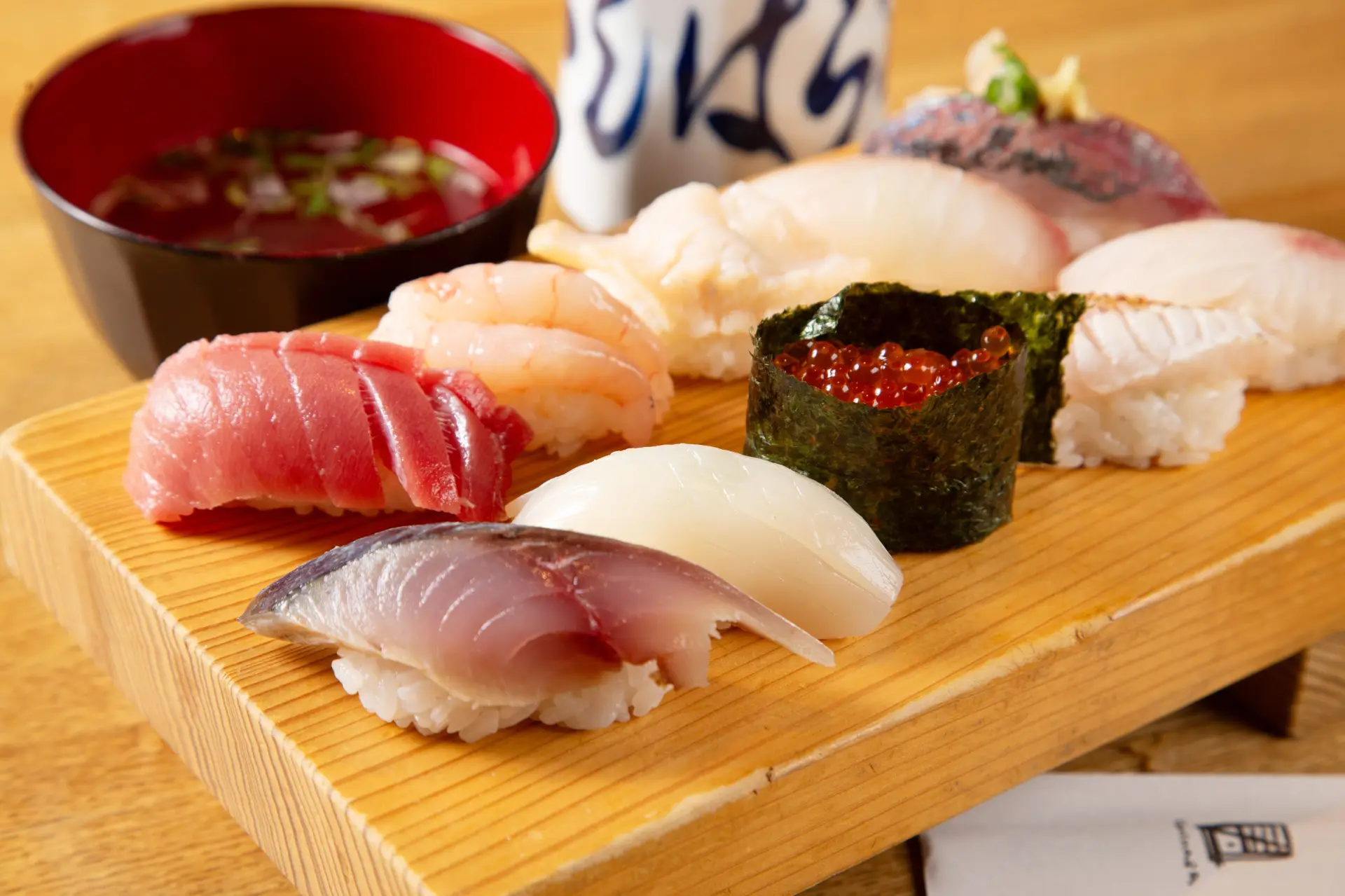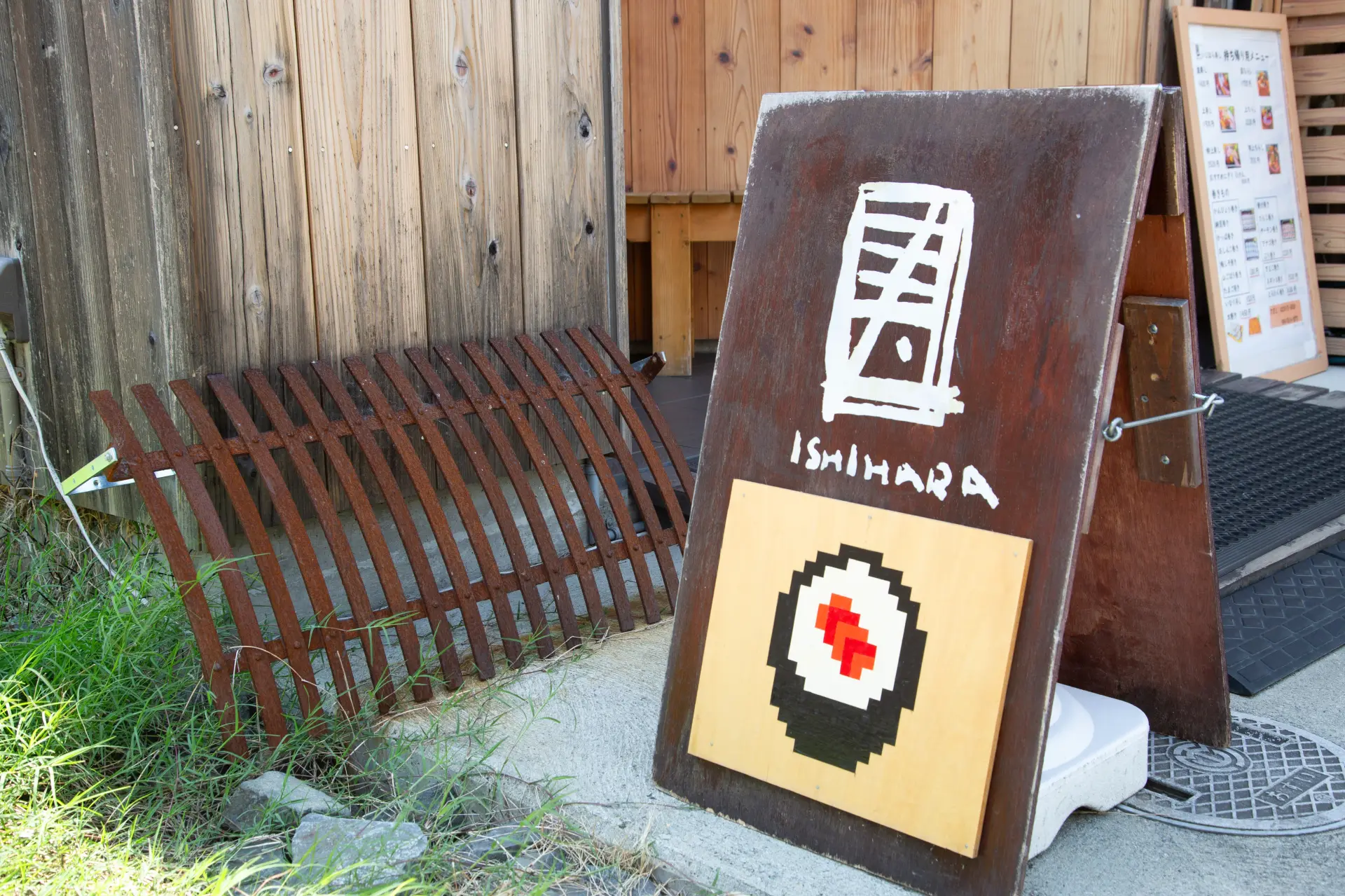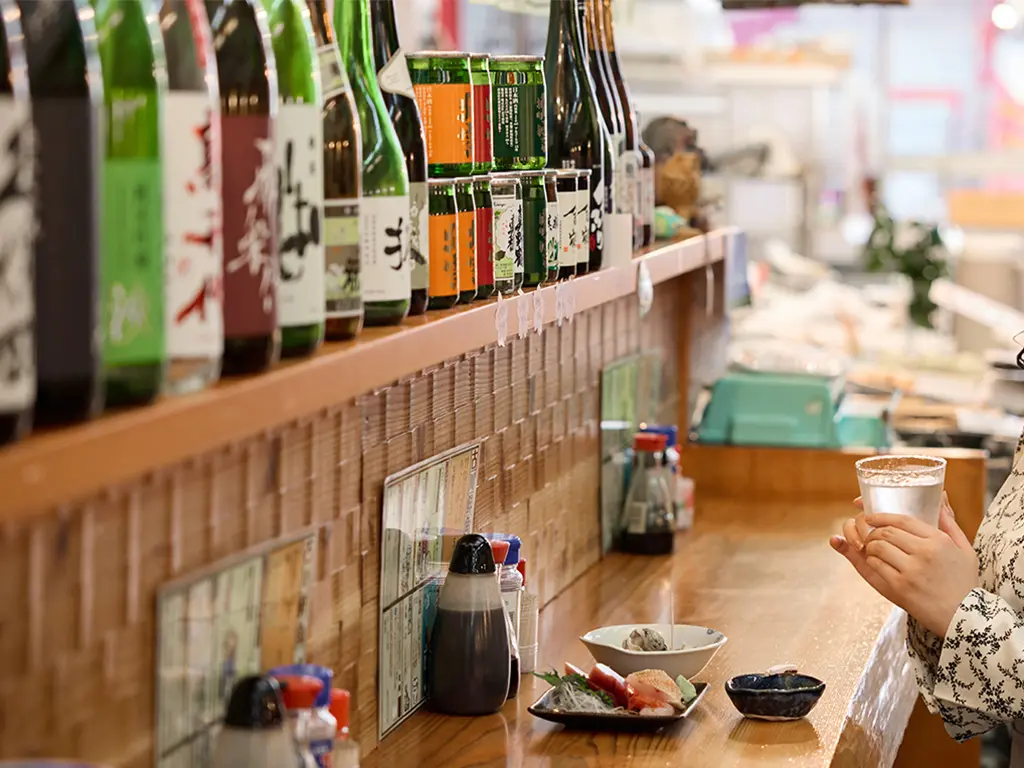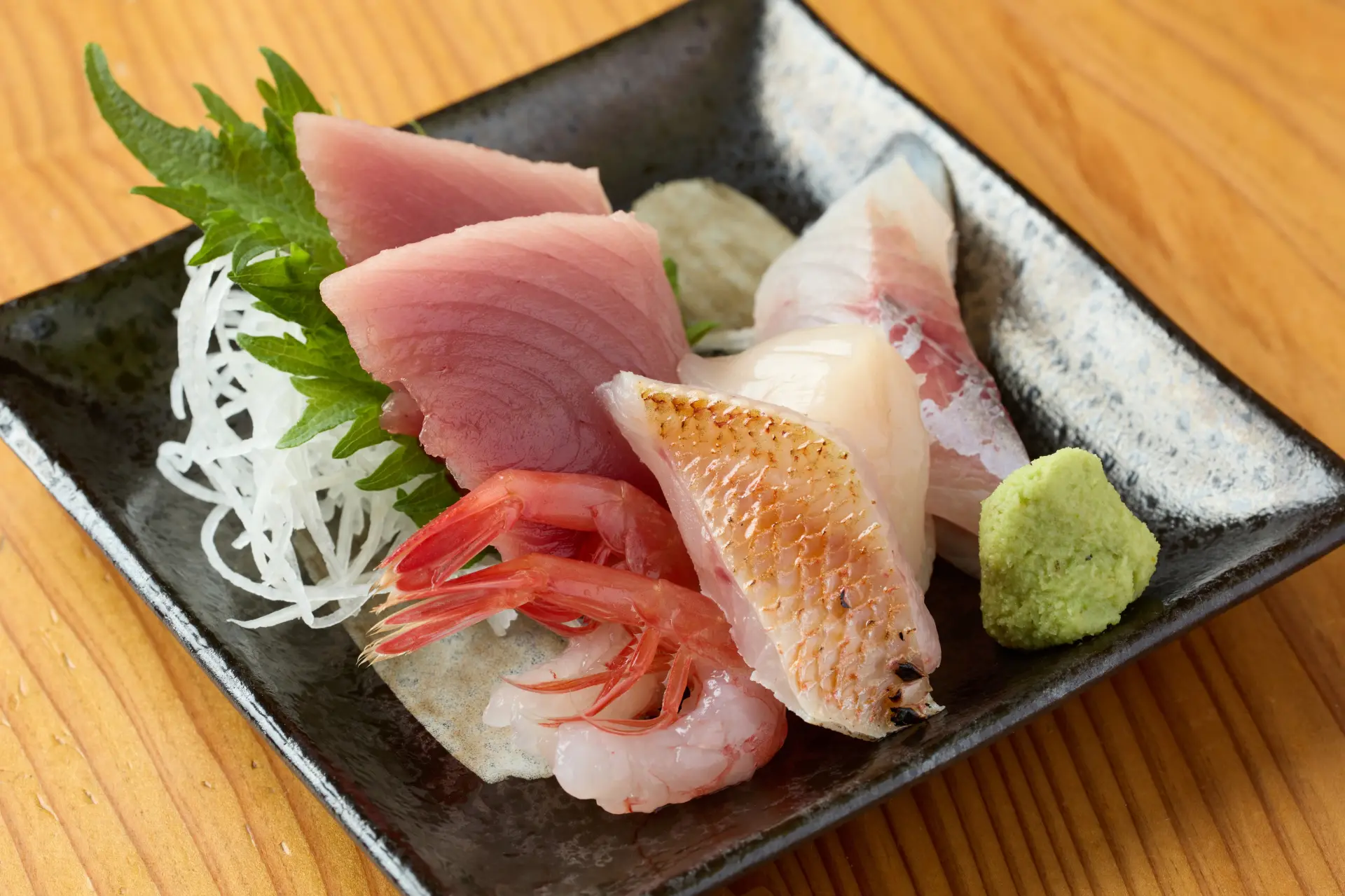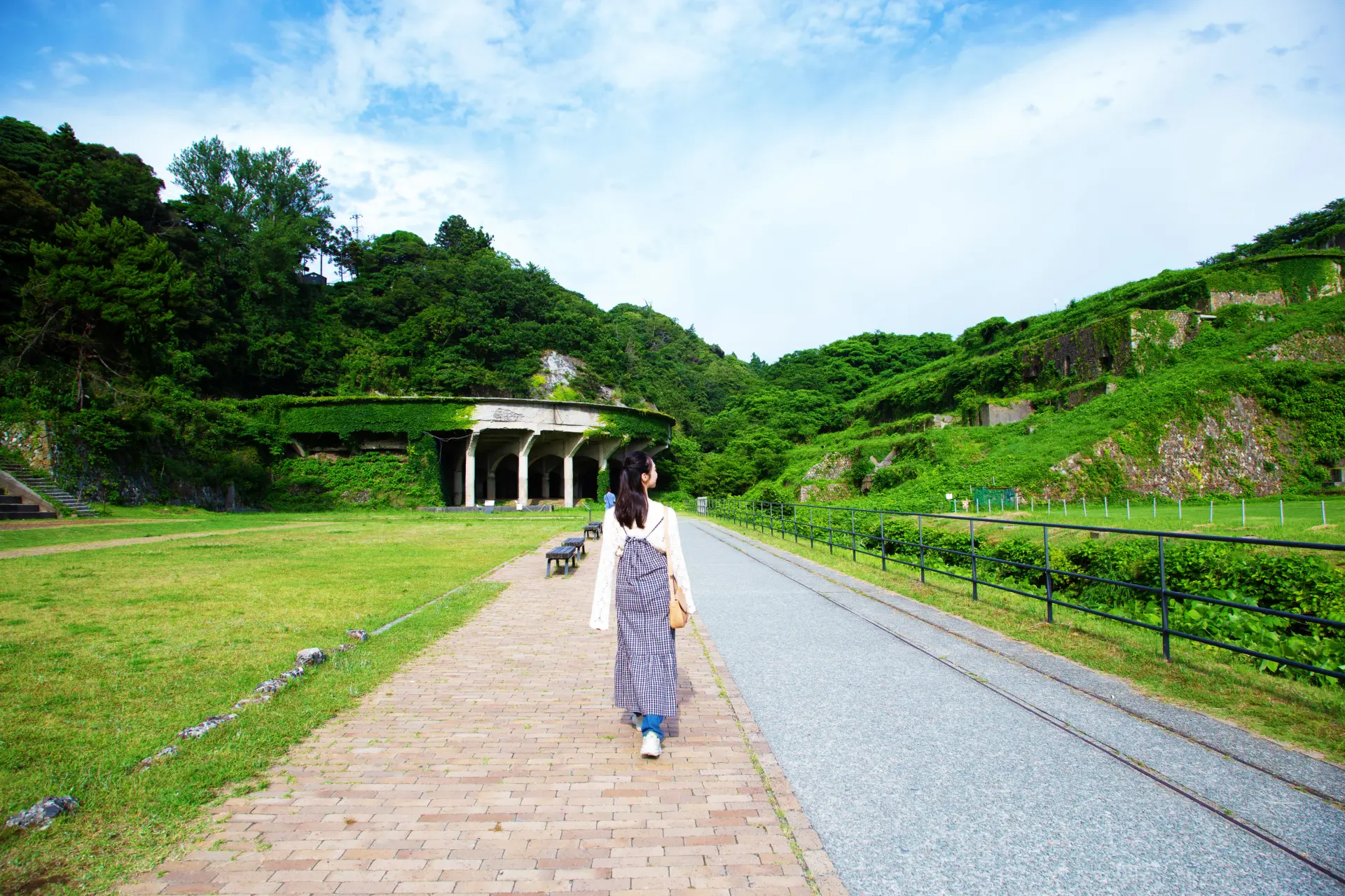
A 4-Day, 3-Night World Heritage Expedition in Sado & Niigata!A Journey of cultural treasures and succulent seafood awaits via the SADO NIIGATA PASS.
Blessed with dazzling seafood year-round and rich natural beauty, the Niigata and Sado Island area offers a tantalizing tale to enjoy with all five senses. The year 2024 brought the designation of UNESCO World Cultural Heritage Site to the Sado Island Gold Mines, a place where you can still go today to explore the living history of the region’s vast remains with hands-on experiences.
Below is our curated 4-day, 3-night model itinerary that uses the SADO NIIGATA PASS as a handy hack for coverage in Niigata City and the whole of Sado Island, so you can travel with smooth, wallet-friendly ease. Follow along if you’re down for deep regional foodie delights and true-blue culture deep-dives you won’t find anywhere else.
How to Describe Niigata and Sado in Nutshell?
Niigata Area
Located in central Honshu and facing the Sea of Japan, Niigata Prefecture is blessed not only with seafood, but also with rice, sake, fruits, and a food culture nurtured by its beautiful natural surroundings. Throughout the year, visitors can also enjoy lively festivals that reflect its rich traditions. Niigata City, the destination in this trip, has a long history as a prosperous port town. Today, it offers a unique cityscape where a modern urban atmosphere harmonizes with historic, character-filled buildings.
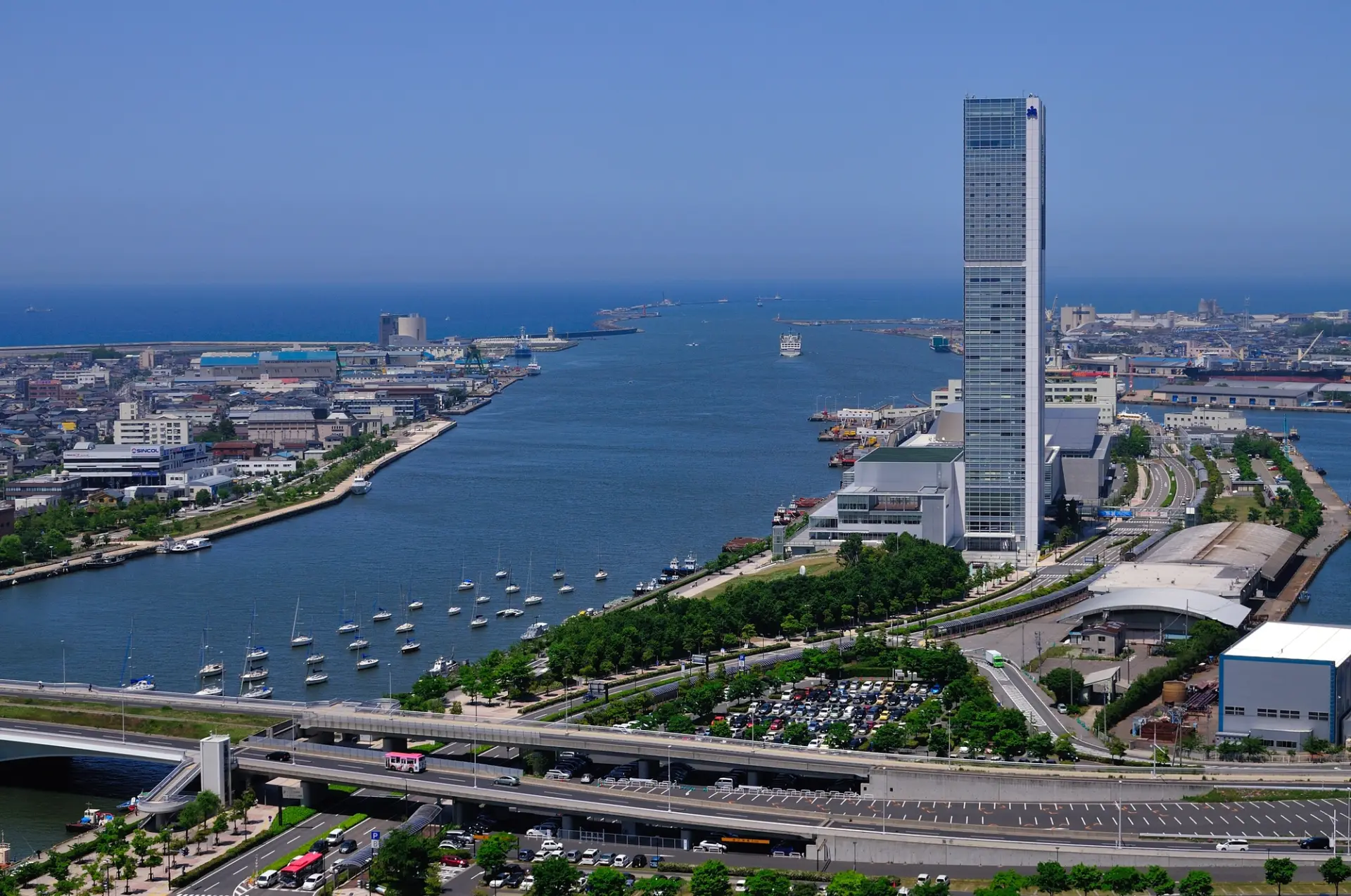
Sado Area
Sado Island is the largest island in the Sea of Japan. Recognized as a Japanese Geopark, it boasts dramatic cliffs and striking landscapes shaped by its distinctive terrain. It was also the first place in Japan to be designated as a Globally Important Agricultural Heritage Site, and in 2024, the Sado Island Gold Mines were added to the list of UNESCO World Cultural Heritage sites. The island allows visitors to experience history and culture woven over centuries in harmony with nature.
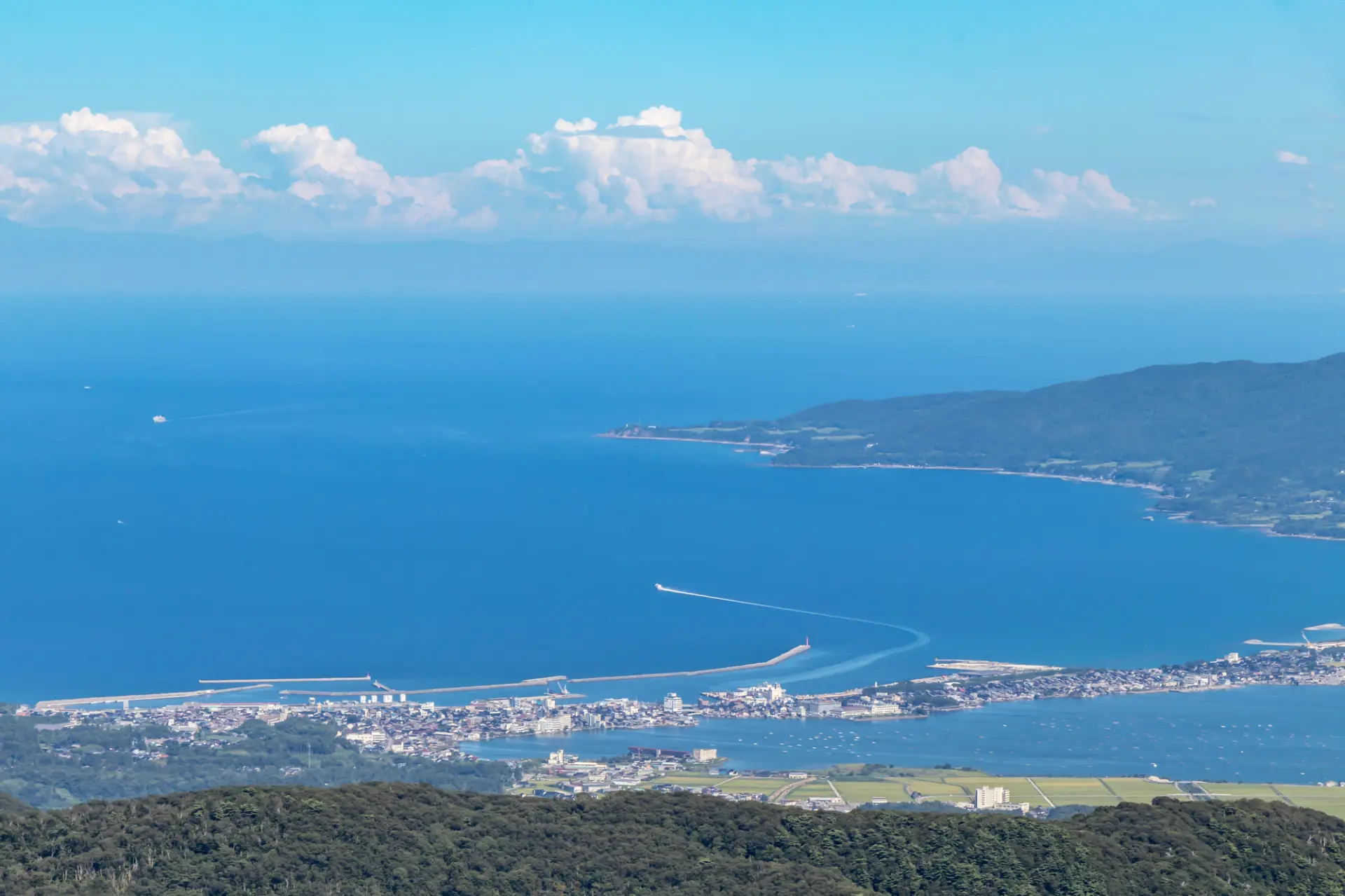
Access to Niigata and Sado
From Tokyo, it takes about 2 hours on the Joetsu Shinkansen to reach Niigata Station.
If you arrive by plane, it’s about 25 minutes by limousine bus from Niigata Airport to Niigata Station.
To get to Sado Island, take a 17-minute local bus from Niigata Station to Niigata Port. From there, you can reach Ryotsu Port, the gateway to Sado, by car ferry in about 2 hours and 30 minutes.
For those who want to save time, the jetfoil is recommended, connecting the port and the island in roughly 1 hour.
Day 1: Enjoy Niigata’s Marine World and Local Cuisine, then Head to Sado at Sunset
Kick off in comfort and style with the all-essential SADO NIIGATA PASS in hand.
Your day begins In Niigata City for a deep-dive immersion into what makes this coveted region tick, starting with a stop at one of the largest aquariums on the Sea of Japan coast and a bonus feast of tasty regional fare.
As evening approaches, board the ferry bound for Sado Island, where the sunset over the sea creates a breathtaking view. Surrounded by the island’s scenery and flavors, your journey to encounter a World Heritage site begins.
Kick Off Your Journey with the “SADO NIIGATA PASS”!
Your trip begins at the Niigata City Tourist Information Center, located inside Niigata Station.
This time, you’ll be making use of the SADO NIIGATA PASS, a convenient all-in-one ticket set that includes:
- A 1-day pass for the Niigata City Loop Bus
- A round-trip bus ticket between Niigata Station and Niigata Port
- A round-trip 2nd-class car ferry ticket on the Sado Kisen Ferry
- (You can upgrade to the jetfoil by paying the difference at the Sado Kisen ticket counter)
- A 3-day unlimited ride pass for Sado’s local buses
It’s the perfect pass to make your journey both smooth and economical.
Pick up your SADO NIIGATA PASS, reserved online in advance, here.
The SADO NIIGATA PASS is an essential item for traveling around Niigata and Sado, especially recommended for those staying two nights or more. At the counter, staff will kindly explain how to get going so you can hit the road with peace of mind.
Inside the facility, large digital displays showcase the beauty of Niigata’s four seasons and its vibrant festivals-perfect for sparking your imagination and getting excited for your 4-day, 3-night journey.
Discover the Sea of Niigata at “Marinepia Nihonkai”
Hop on the Niigata City Loop Bus from Niigata Station and get off at the “Aquarium-mae” stop. You’ll arrive at Marinepia Nihonkai, the Niigata City Aquarium, one of the largest aquariums on the Sea of Japan coast. It’s a place that feels like a condensed version of Niigata’s natural riches, from the Sea of Japan to the mighty Shinano River, Japan’s longest river.
Inside, the sound of waves echoes as you descend a sloping path that gives the sensation of diving beneath the sea. At the end awaits the Japan Sea Main Tank, where a submerged tunnel offers upward glimpses as schools of fish swimming gracefully overhead.
Other highlights include exciting dolphin shows, a penguin exhibit, and the popular “Rocky Shore Experience Zone,” where visitors can actually touch sea creatures like starfish and banded houndsharks.
The museum shop is stocked with original items, including realistic plush toys supervised by the aquarium’s keepers-a perfect souvenir to remember your trip.
Take the Niigata City Loop Bus from “Aquarium-mae” to the “Pier Bandai” stop.
Along the way, you can hop off to visit famed stops like the Former Saito Family Villa with its stunning garden, the Northern Culture Museum Niigata Annex, the Former Ozawa Family Residence - Kitamaebune Era Museum, and the Niigata City History Museum Minatopia.
Show your Niigata City Loop Bus 1-Day Pass to receive discounted admission at these facilities. Make the most of the unlimited rides and fully enjoy exploring Niigata.
Explore Niigata’s Flavors at Minato Marche Pier Bandai
Minato Marche Pier Bandai is a foodie haven where the best of Niigata’s food comes together under one roof. From fresh seafood to seasonal vegetables and fruits, you’ll find heaps of mouthwatering ingredients to shop. If you’re feeling peckish, you can even take your purchases straight over to a grill on-site at the central Pekan BBQ area.
The market also features a lineup of unique restaurants, including sushi spots and cozy cafés. On this visit, the stop was at Shokudo Misa Pier Bandai, a popular ramen shop originally from Joetsu City in Niigata Prefecture, known for drawing long lines of eager customers.
One of their specialties is miso ramen.The savory aroma of garlic rising with the steam, paired with the mellow richness of white miso and the natural sweetness of onions, creates an irresistible bowl.
At Minato Marche Pier Bandai, take your time to savor the richness and variety of Niigata’s culinary culture.
Once you’re satisfied and full, use the Sado Kisen ferry ticket included in the SADO NIIGATA PASS to head for Sado.
(It is possible to change to the jetfoil at the Sado Kisen ticket counter by paying the fare difference between the car ferry and the jetfoil.)
Depart from Niigata Port on the jetfoil and arrive at Ryotsu Port on Sado.
From Ryotsu Port, make use of the Sado 3-Day Bus Pass and take a local bus to the Aikawa bus stop to continue your journey across the island.
A Treat of Island Tastes in a Calm Setting by the Ocean
Dinner is a true time to delight over at Kominka Kyomachi-tei for a French course meal while gazing at the sunset over the Sea of Japan. The chef, a Sado native with over 10 years of French culinary training in Tokyo, brings out the best of local ingredients.
Many of the dishes feature produce from Sado itself, offering a true taste of the island. A highlight is the roasted aged pork, served with a sauce made from Sado-grown Okesa persimmons and Sado mandarins, striking a perfect balance of mellow sweetness and refreshing acidity.
The restaurant is set inside a renovated late-Edo period house, with interiors decorated with elements connected to the Sado Gold Mines. Local pottery is also frequently used for tableware, adding to the sense of place.
Here, you can savor seasonal blessings as the days and seasons ebb just outside the carefully curated, atmospheric space.
Day 2: Discover Sado Through World Heritage History and Dynamic Landscapes
Spend the day on the “island of gold,” Sado, where nature and people have carved a heralded past and unforgettable landscape. Make your way to the grand mining heritage sites, and take part in activities that embody the essence of Sado, surrounded by the island’s powerful landscapes and tranquil moments.
Immerse yourself fully in the charm of Sado, where history and nature are beautifully interwoven.
World Heritage Site: Step Back in Time at the Sado Gold Mines
At the entrance to the Sado Gold Mines, a UNESCO World Cultural Heritage site, you’ll find two contrasting tunnels side by side: the Sodayu Tunnel from the Edo period on the right, and the Doyu Tunnel from the Meiji era onward on the left. Exploring both offers a vivid sense of how mining techniques evolved through the centuries.
The moment you step inside, a chill wraps around you. In the Sodayu Tunnel, you’ll see crisscrossing shafts and the hand-dug marks left on the walls, revealing the grueling and painstaking labor carried out under dripping water.
By contrast, the Doyu Tunnel showcases the mechanized methods introduced with modernization, allowing you to experience in one place the sweeping 400-year history of Sado’s gold mining.
Lifelike, moving mannequins recreate the miners at work, sparking your imagination and transporting you back in time.
Learn About the World Heritage Site at “Kirarium Sado”
In 2024, the Sado Island Gold Mines were inscribed as a UNESCO World Cultural Heritage site. To explore their more than 400-year history, visit Kirarium Sado, a museum dedicated to the island’s gold and silver mining heritage.
Inside, four different theaters guide you through the mines’ journey from the Edo period to modern times. Each screen is uniquely designed, with creative presentations such as dramatized storytelling and dynamic projection mapping, making the experience both engaging and educational.
All videos include English subtitles, making the content accessible and easy to follow.
It’s a must-visit spot to deepen your understanding of the Sado Gold and Silver Mines.
Relics of an Era: The Kitazawa Flotation Plant Ruins
Once boasting the largest ore-processing capacity in the East, the Kitazawa Flotation Plant stands as a symbol of the modernization of the Sado Gold Mines. Its overwhelming scale still conveys the energy of the era when it helped support Japan’s industrial development.
Today, only the building foundations remain as ruins, but the site has become a popular photo spot. One major draw here is the dramatic look it dons each season. On this visit, the striking contrast between the concrete structures and lush greenery created a nostalgic, almost otherworldly atmosphere.
The property is illuminated at night in all areas, even the thickener facility once used to separate and concentrate minerals and water, for an even more mystical and unforgettable view.
*The light-up is held from mid-April to early January. For details, please check the official website.
Kitazawa Terrace: Dine on Rare Local Ingredients with a Stunning View
Lunch at Kitazawa Terrace is a moment of luxurious bliss, complete with impeccable views through large windows at the vast ruins of the Kitazawa Flotation Plant. On the menu you’ll find dishes supervised by a French chef, crafted with an abundance of ingredients from Sado.
On this visit, the choice was the Sado Black Pork Premium Hamburger Steak Set. Made with 100% rare black pork from the restaurant’s own farm-where even the feed is sourced locally from Sado-the patty is slowly cooked to achieve a light, fluffy texture with concentrated umami flavor. The fresh tomato garnish alongside the demi-glace sauce gives it a clean, refreshing finish.
The dessert menu is also impressive. A standout is the Strawberry Soft Cream Parfait made with Sado Dairy’s ice cream. Topped with scent-sational homemade strawberry jam and crispy pie pastry, it’s a generous and indulgent treat.
Take your leave by hopping on the Sado local bus and heading to some eclectic Sado activities.
Walk about 10 minutes to the Aikawa bus stop, then ride to Sawata Bus Stop (BS). From there, transfer to another bus bound for the Yajima Iriguchi bus stop.
Blissful Scenes of Sado and a Moment of Peace on a Tarai-bune Boat at Yajima Experience Exchange Center
One experience you shouldn’t miss when visiting Sado is riding a tarai-bune, the island’s famous tub boat. Originally developed for harvesting turban shells and other seafood, today it’s a popular activity for visitors as well. The gentle rocking when you board might make you a bit nervous, but just follow the boatman’s instructions and step in slowly-you’ll be fine. Soon, the soothing sensation of floating will put you at ease.
At the Yajima Experience Exchange Center, one of the highlights is viewing the striking red Taiko Bridge and the dramatic mountains from the water. The landscape here was formed long ago by rocks thrust upward from the seabed due to undersea volcanic activity and earthquakes.
As you marvel at the boatman’s skillful handling of the vessel with a single oar, you’ll feel both the calm of the moment and the raw energy of Sado’s geology, recognized as part of a Japanese Geopark.
Savor Seasonal Flavors Over the Counter at Sakae Sushi
Just a 5-minute walk from Ogi Port, Sakae Sushi is a beloved local spot where locals and travelers alike come to feast on the bounty of the sea. Established 33 years ago, the cozy counter-style restaurant offers not only exquisite seafood but also the pleasure of watching the chef’s rhythmic, skillful hands as he prepares each dish.
The dish of choice was the Deluxe Chirashi Sushi, served with the toppings and vinegared rice presented separately. “Dip the toppings in soy sauce one by one, or drizzle wasabi soy sauce over everything as you like it,” the chef explained.
Each ingredient showcased its own distinct character: the lightly seared medium-fatty tuna melted in the mouth, the sweet shrimp offered a rich, creamy texture, and the abalone-simmered in its shell for two full days-was astonishingly tender and moist.
It was the perfect way to end the day, once again moved by the depth of Sado’s culinary treasures.
Day 3: Stroll Through the Historic Shukunegi Village and Try Gold Panning at Gold Park
Begin the day with a visit to Shukunegi, a historic settlement built by shipbuilders, where you can soak in the charm of traditional townscapes while feeling the sea close by. Wander through its maze-like narrow alleys as if on an exploration.
In the afternoon, head to Sado Nishimikawa Gold Park to try your hand at gold panning-an activity where any gold you find can be taken home as a souvenir.
End the day with a blissful dinner featuring seasonal seafood paired with local sake from Sado, the perfect way to wrap up your journey.
Rent a Bicycle at “Minami Sado Tourist Information Center Marine Plaza Ogi” and Set Off!
Located at the gateway of Ogi Port, the Minami Sado Tourist Information Center offers rental bicycles-all equipped with electric assist functions.
From here, it’s about a 20-minute bike ride to reach the popular Shukunegi area. The center also provides cycling maps, introducing two routes: one that passes through the shopping street and another that follows the coastline. Switching routes on the way there and back lets you enjoy different sceneries.
Feel the sea breeze as you cycle toward Shukunegi, where the retro-charmed old townscape still remains.
Strolling Through the Inlet Village of Shukunegi
Leave your bicycle at the Shukunegi Townscape Information Center and begin your walk.
Shukunegi flourished from the Edo to the Meiji period as a settlement built by shipbuilders. Even today, over 100 houses stand closely together in a maze-like layout on the limited land.
You’ll spot unique features such as triangular houses and wooden-plank facades, showcasing the ingenuity and craftsmanship used to maximize space.
Take your time wandering through the streets, soaking in the atmosphere and traces of history that still linger here.
Return your rental bicycle to the Minami Sado Tourist Information Center Marine Plaza Ogi.
Returned the rental bicycle to the Minami Sado Tourist Information Center Marine Plaza Ogi. One nice perk is that they’ll hold your luggage for free while you’re out cycling.
After a refreshing ride, it’s time to satisfy your appetite with some local gourmet food.
Savor Sado’s Natural Yellowtail as a Crispy Cutlet
For lunch, head to Ogiya, directly connected to the Sado Kisen Ogi Port Terminal.
Their specialty, the Buri Katsu Don (Yellowtail Cutlet Rice Bowl), is a local favorite that even won second prize in a regional gourmet contest. Made with natural yellowtail from Sado, the cutlets are coated in rice flour, fried to perfection, and served with a special flying-fish soy sauce.
Simple yet full of flavor, it’s a highly recommended dish that showcases the pure taste of the ingredients. On the first floor, you’ll also find a souvenir market offering a wide range of Sado specialties.
Get Hooked on Gold Panning at “Sado Nishimikawa Gold Park”
From the Yajima Iriguchi bus stop, take a bus to the Gold Park. The Nishimikawa area, where the park is located, is said to be the first place on Sado where gold was discovered-long before the famous Aikawa mines.
At Sado Nishimikawa Gold Park, you can enjoy indoor gold panning year-round. Long rows of tanks are filled with river sand from Nishimikawa and crystal-clear spring water-cool and refreshing in summer, pleasantly warm in winter.
Using a special pan, scoop up sand from the deeper layers and gently swirl it. As the sand gradually washes away, the magical moment comes when a glint of gold peeks through-often met with cheers of excitement.
You can try as many times as you like within the 30-minute session, so many people quickly improve and manage to collect quite a bit. The gold you find can even be made into souvenirs like keychains, making it the perfect memento of your journey.
Dinner of Seasonal Kamameshi and Local Sake in Sado
From Sawata BS, transfer buses and head to the Kanai stop. Tonight’s dinner is at Ajisai, located on the first floor of Tabino Hotel Sado. The restaurant is open to non-staying guests as well.
A highlight is the popular Sado Snow Crab Kamameshi. On a bed of perfectly seasoned Sado-grown rice, flavored with kombu broth and soy sauce, sits an astonishingly generous portion of local snow crab. The tender, sweet meat practically melts in your mouth-an indulgent dish. In winter, the oyster kamameshi is also highly recommended when oysters are in season.
The Fugu Tempura, made with pufferfish from Sado, is another specialty. Take a bite dusted with moshio salt made from local seaweed for a crisp and elevated flavor.
The restaurant also offers an extensive selection of Sado’s local sake, perfect for pairing with the island’s rich seafood.
Day 4: Pottery with Sado Clay & A Taste of Niigata’s Old-Time Bar Culture
At a traditional kiln specializing in Mumyoi-yaki, a type of pottery long cherished on Sado Island, try your hand at creating your own original piece. As you work, enjoy the soothing feel of the clay and connect with the island’s natural essence.
For lunch, savor fresh sushi bites topped with seasonal local fish.
After returning to Niigata City, stroll through the throw-back streets of Furumachi, where you can enjoy the casual “choinomi” (bar-hopping with light drinks and snacks) culture, ending the day with a lingering taste of the journey.
Pottery Experience with Sado Clay at Gyokudo Kiln
The mineral Mumyoi, once mined from the Sado gold and silver mines and even used as medicine in the past, is the key material behind Mumyoi-yaki. This pottery is known for its fine texture and remarkable durability.
Here at Gyokudo Kiln led by Mr. Hosono you’ll find works made to reflect the landscapes of Sado. Using natural island materials as glazes, his pieces captivate with their breathtaking beauty.
Take a chance during the hands-on pottery session to shape your own vessels on an electric wheel under the careful guidance of the kiln master. Though controlling the pressure takes skill, the smooth feel of the clay is soothing, offering not only relaxation but also a profound appreciation for the art of craftsmanship.
Mumyoi-yaki is also known as a “growing vessel” that develops a deeper luster the more it is used, ensuring the joy of this experience continues long after the journey.
Savoring Sado’s Seasonal Flavors at Ishihara Sushi
From near Gyokudo Kiln, take a bus from Sawata BS to Ryōtsu Port stop. Before heading back to Niigata, stop for lunch at Ishihara Sushi, located close to the port.
The chef’s refined eye for quality shines in the popular Chef’s Selection Nigiri, a set of 10 pieces of sushi that beautifully reflect Sado’s changing seasons. Among them is the prized nodoguro (blackthroat seaperch), a luxury fish from the Sea of Japan, lightly seared so that its delicate fat melts on the tongue.
Supporting these exquisite toppings is the carefully crafted shari (sushi rice), made from Koshihikari grown with pure mountain spring water in the Sasagawa settlement at the foot of the Nishimikawa Gold Mine. With every bite, you can sense how Sado’s golden history continues to live on today.
The intimate space, decorated with hand-built earthen walls and the owner’s own woodblock prints, adds to the charm-making each piece of sushi, prepared with meticulous craftsmanship, even more memorable.
A Casual Bar-Hopping Stroll Through Furumachi, Where the Geisha District Atmosphere Still Remains
From Ryōtsu Port, take the Jetfoil to Niigata Port. Your destination is the Furumachi district, a historic area that once flourished as a bustling geisha quarter.
Today, Furumachi charms visitors with a delightful mix of old and new-traditional atmosphere blending seamlessly with stylish izakayas and hidden gems.
Take a taxi to the area, then set off on foot to wander through its nostalgic streets and enjoy a leisurely evening stroll.
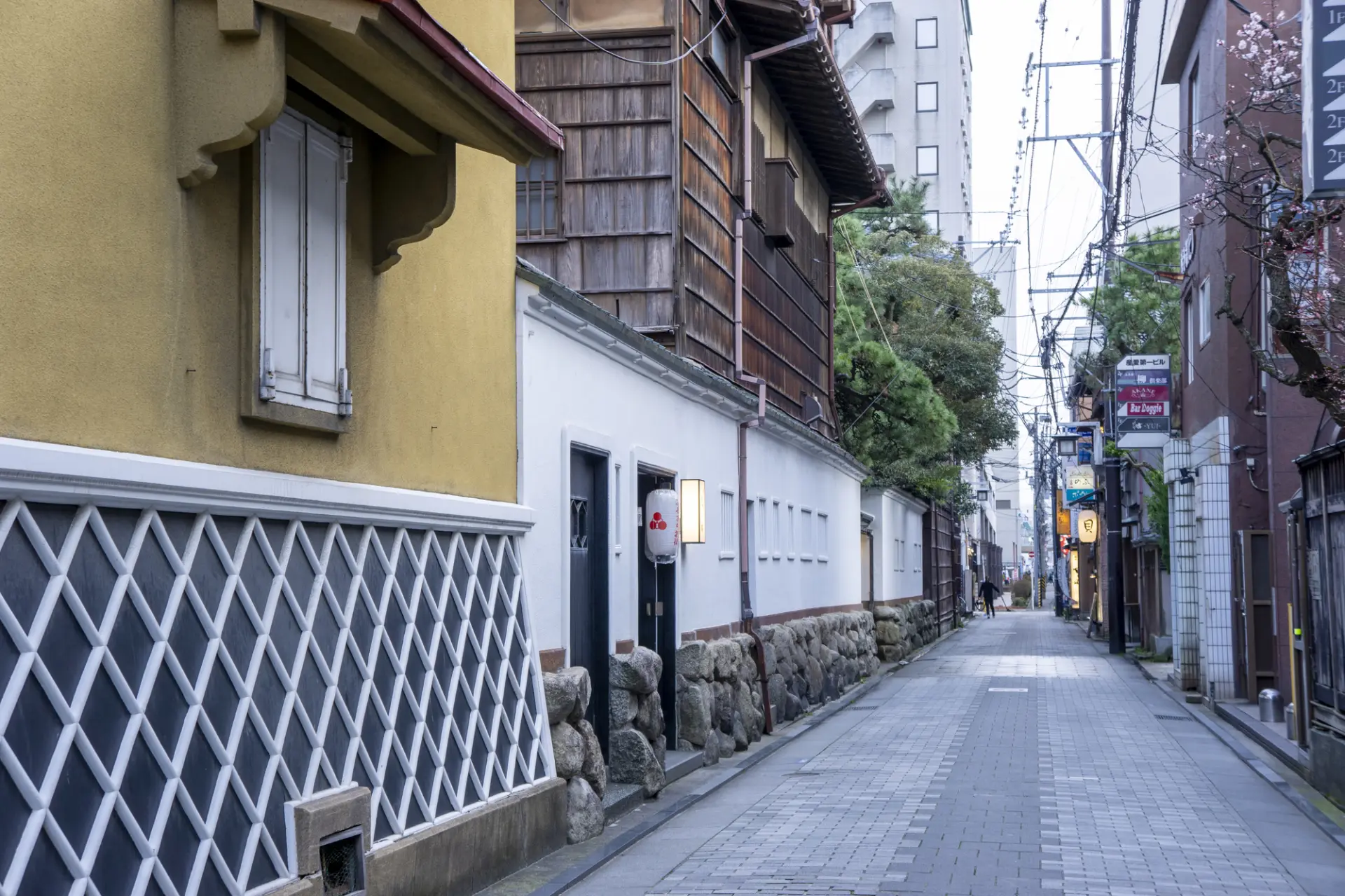
Within the Furumachi area, Aomi Shopping Center in Honcho 6-bancho is a lively, bustling spot.
Here, you can not only shop for fresh seafood but also enjoy casual drinks at places like Furukawa Fresh Fish.
The selection of Niigata-brewed sake is extensive, making it the perfect place to discover a new personal favorite.
Three Reasons to Recommend the SADO NIIGATA PASS
1. No need to buy tickets each time & great value
The pass bundles together all the major transportation tickets connecting Niigata City and Sado Island, saving you the hassle of purchasing tickets every time you travel.
On top of that, by showing your Niigata City Loop Bus 1-Day Pass or Sado Route Bus 3-Day Unlimited Ride Pass, you can enjoy discounts and perks at selected facilities and restaurants and make your trip even more affordable.
2. Wide coverage of transportation and areas
- Niigata City Loop Bus 1-Day Pass to explore the city center
- Round-trip ticket for the Sado Kisen Shuttle Bus between Niigata Station and Niigata Port
- Round-trip Sado Kisen Car Ferry (2nd-class seat) between Niigata Port and Ryōtsu Port
- Sado Route Bus 3-Day Unlimited Ride Pass covering the entire island
All of this comes as a set for just 10,000 yen per adult.
If you prefer faster travel, you can also upgrade to the high-speed Jetfoil by paying the price difference at the Sado Kisen ticket counter.
3. Perfect for a smooth and stress-free trip
With its special perks and the convenience of not having to buy separate tickets for every ride, this pass lets you use your time efficiently and travel seamlessly.
It’s especially recommended for those planning a 2-3 night stay, offering a stress-free way to enjoy both sightseeing in Niigata City and exploring Sado Island.
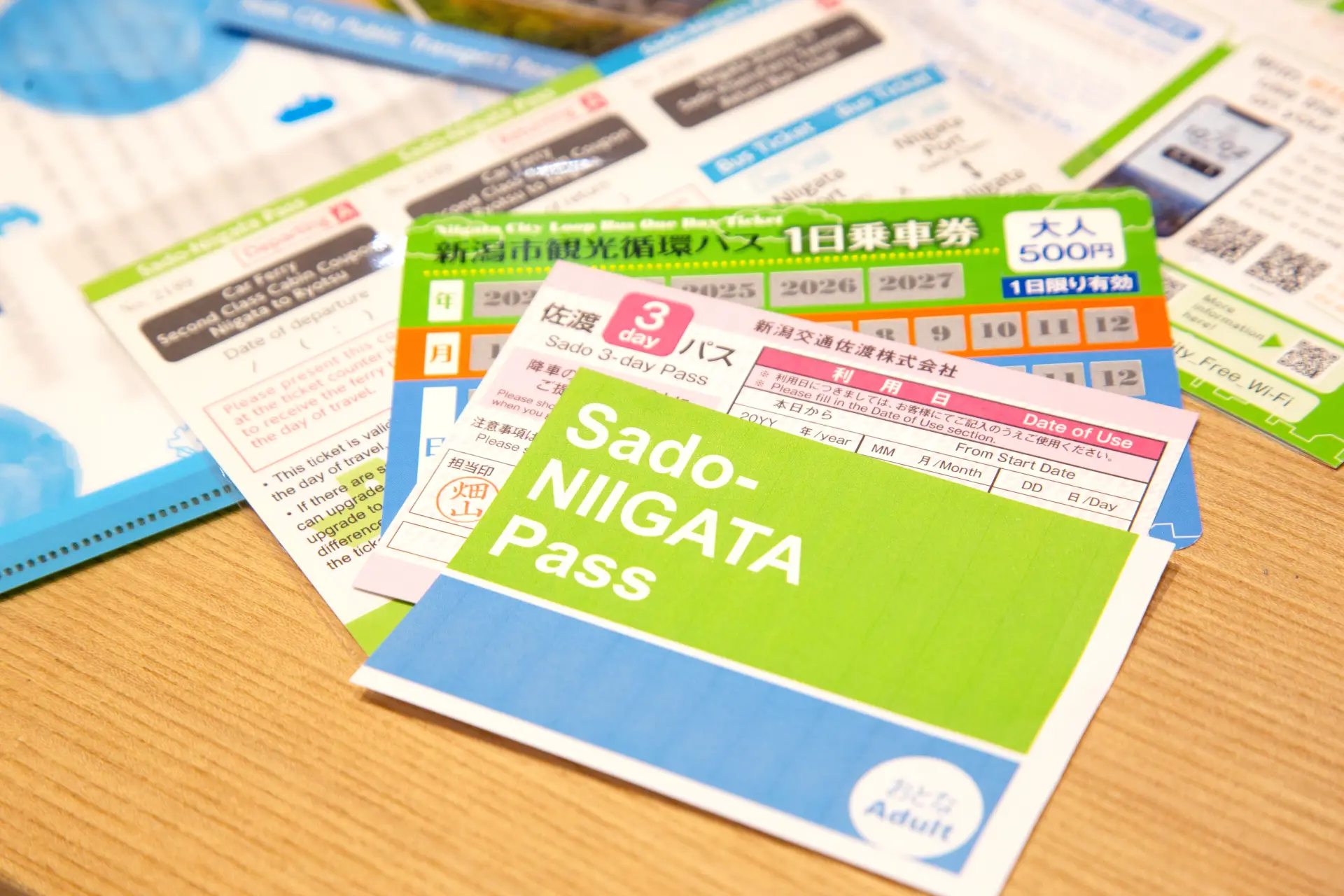
Wrap-up
Keep a pin on this 4-day, 3-night journey for the perfect balance of lively cityscapes in Niigata and breathtaking natural beauty and history that thrive on Sado Island.
Now a registered World Heritage site, Sado is filled with places and deep excursions that are sure to spark a little extra wonder, no matter when you visit.
A trip like this only gets better when you keep the SADO NIIGATA PASS, a trusty travel pass to smooth out the prices and potential hiccups.
See a side of Japan that’s worth bragging about with a trip to Niigata from its perch over the glittering sea of Japan paired with the golden island of Sado?
*Information as of July 2025
Author
Actor / Travel Reporter
Sayako Mizuki
A travel reporter delivering journeys that move the heart.

